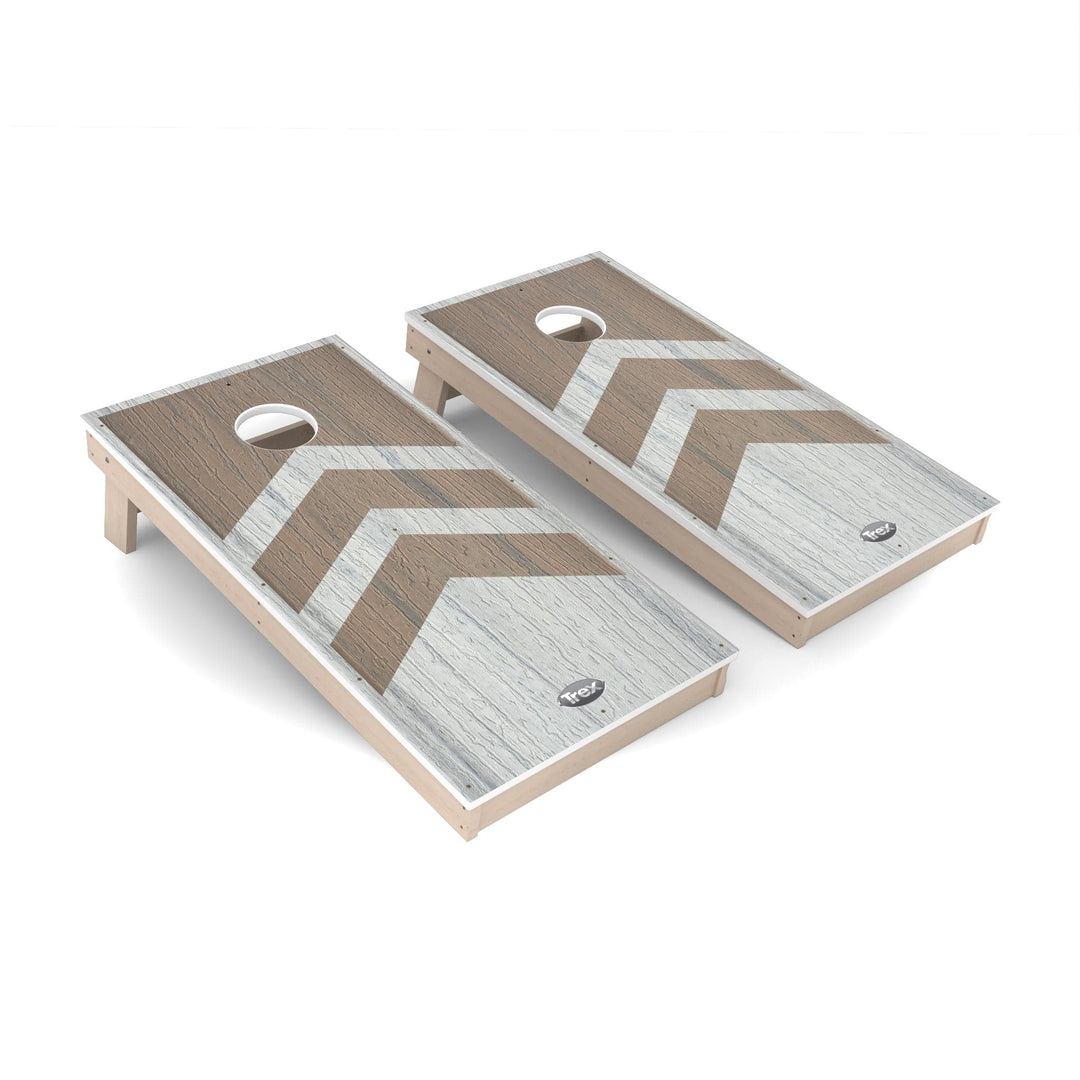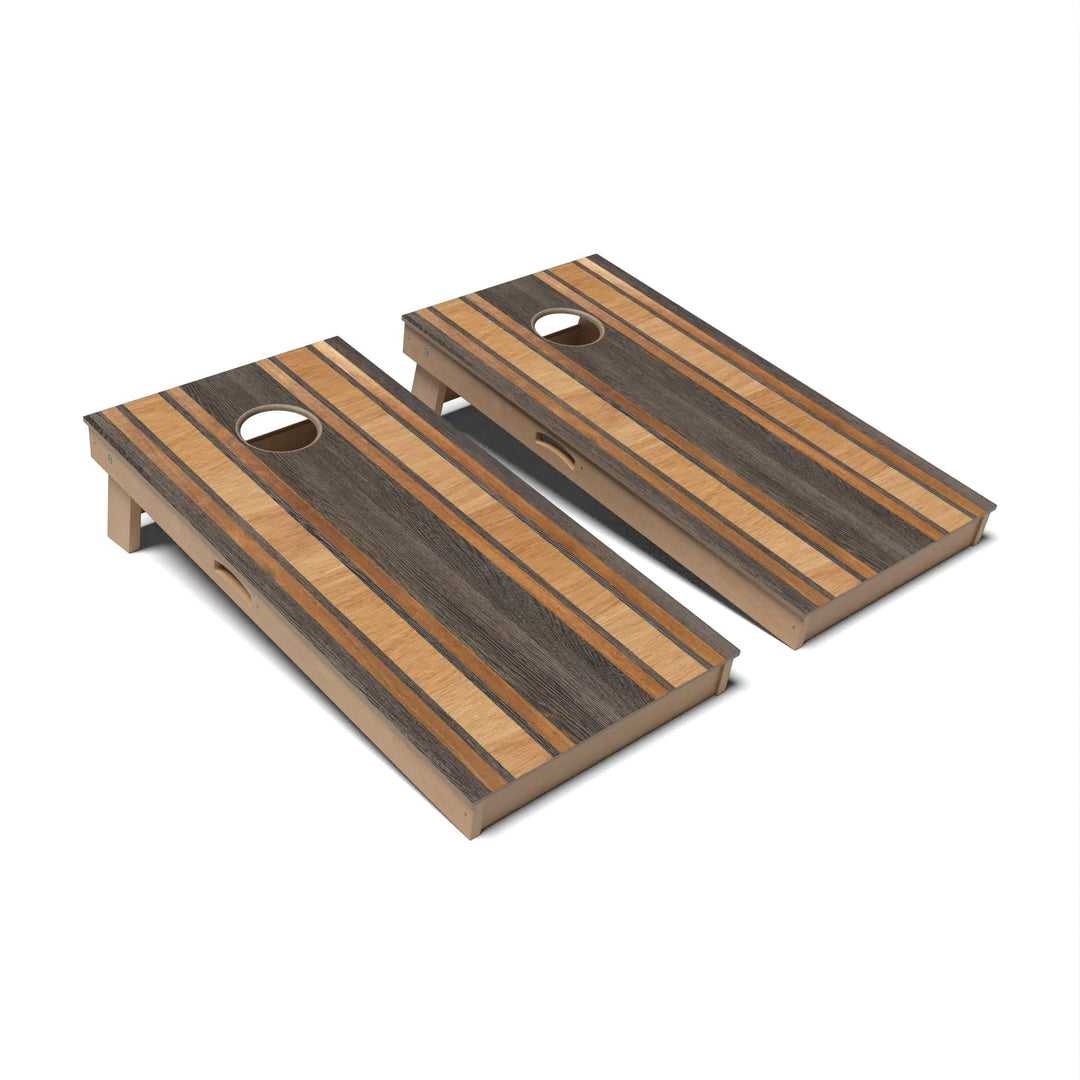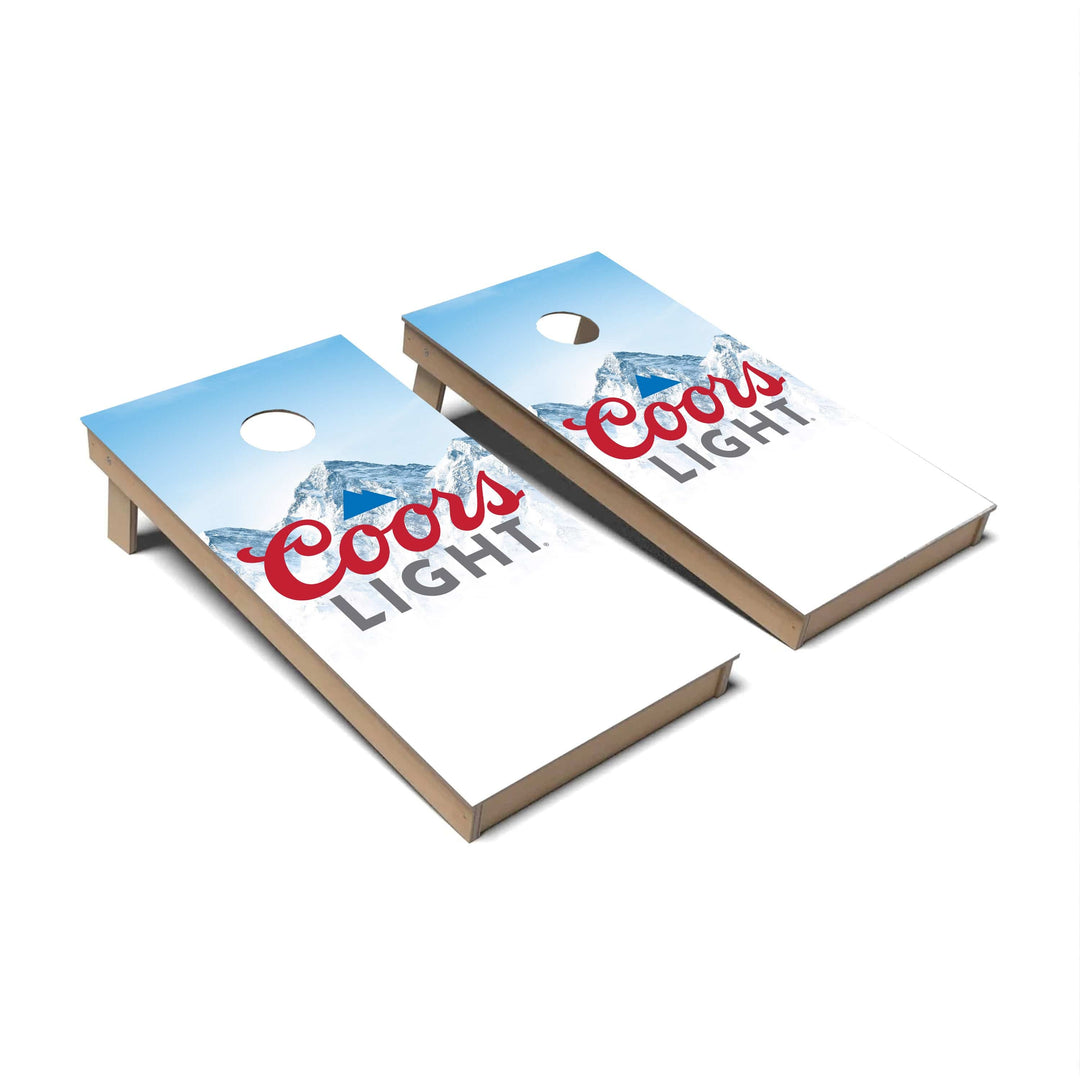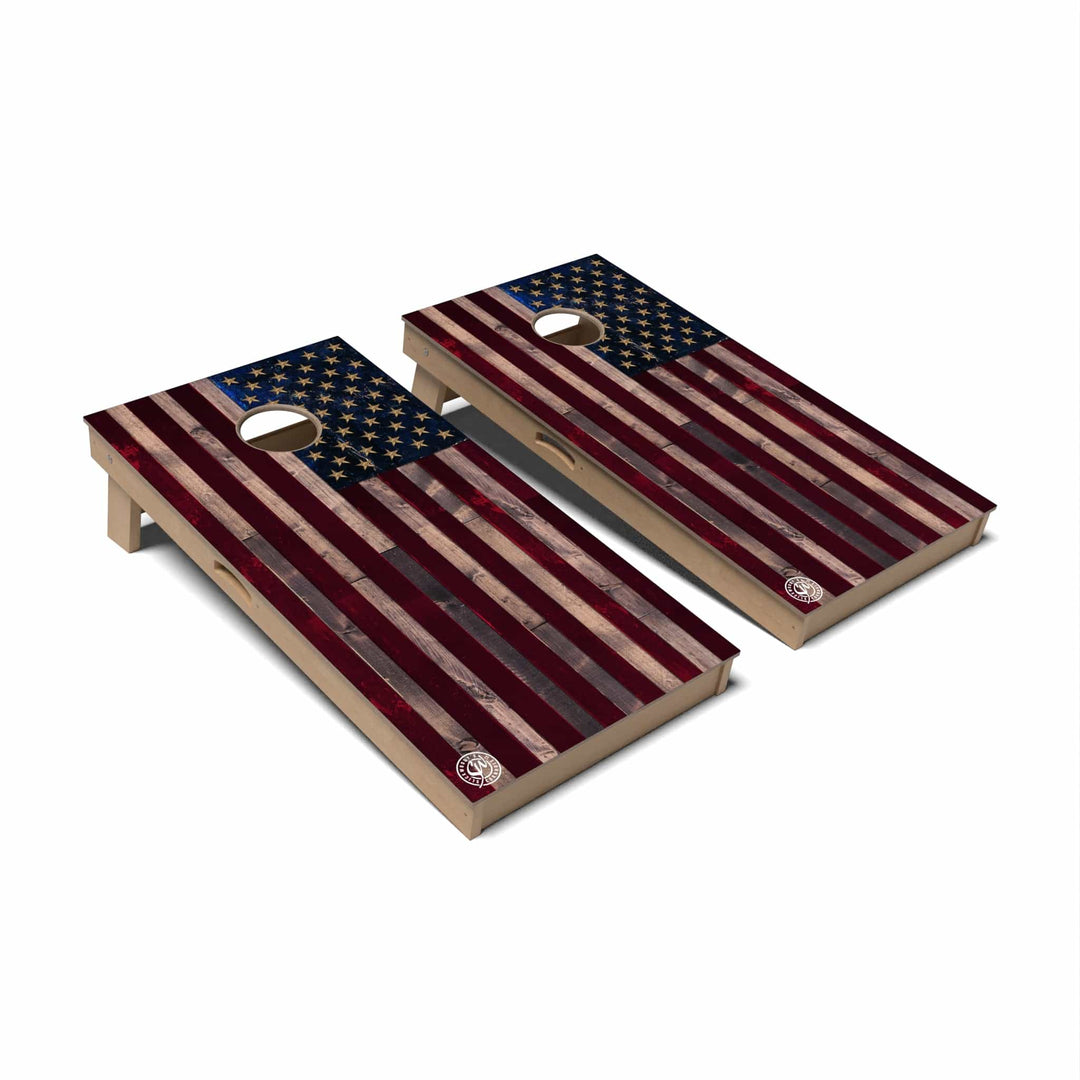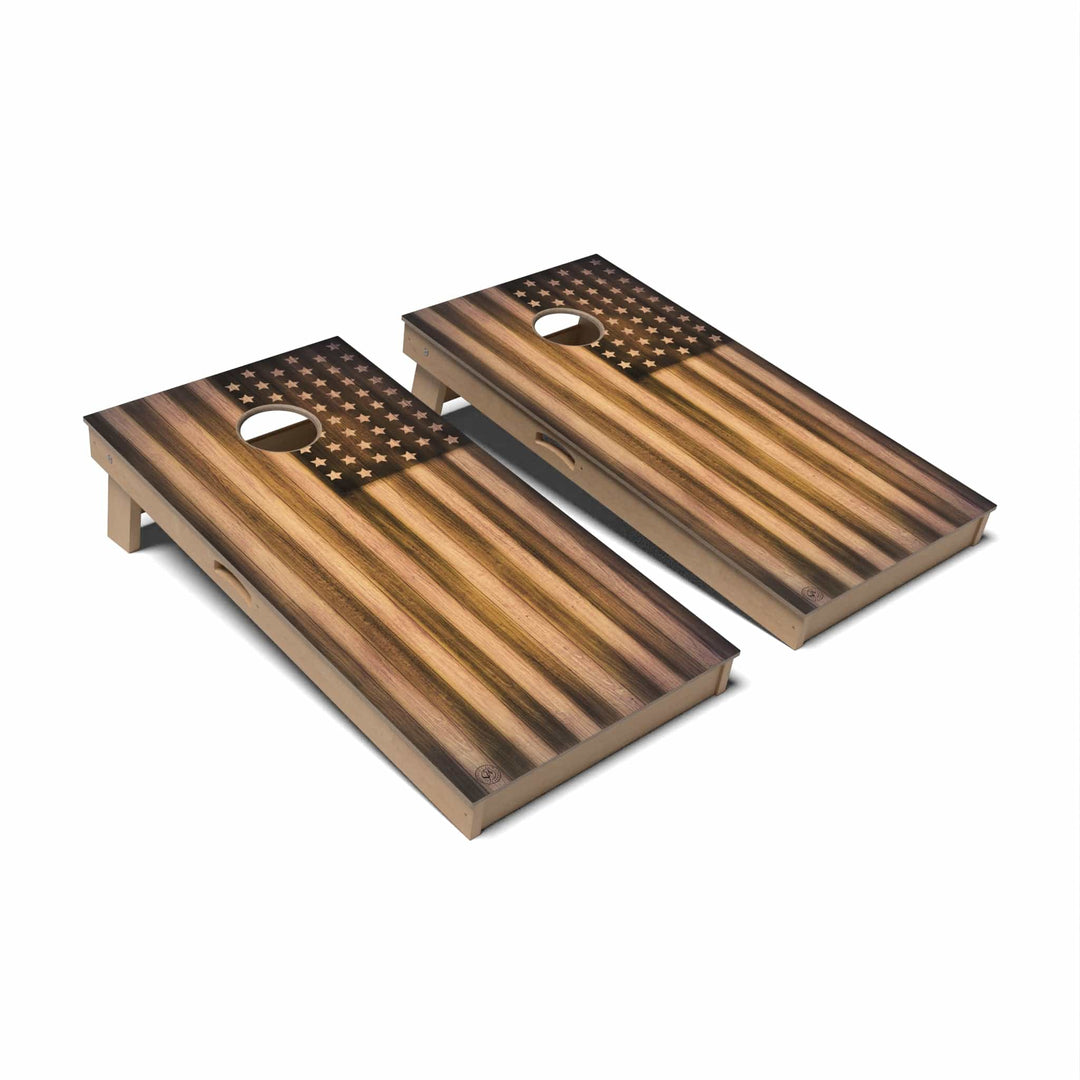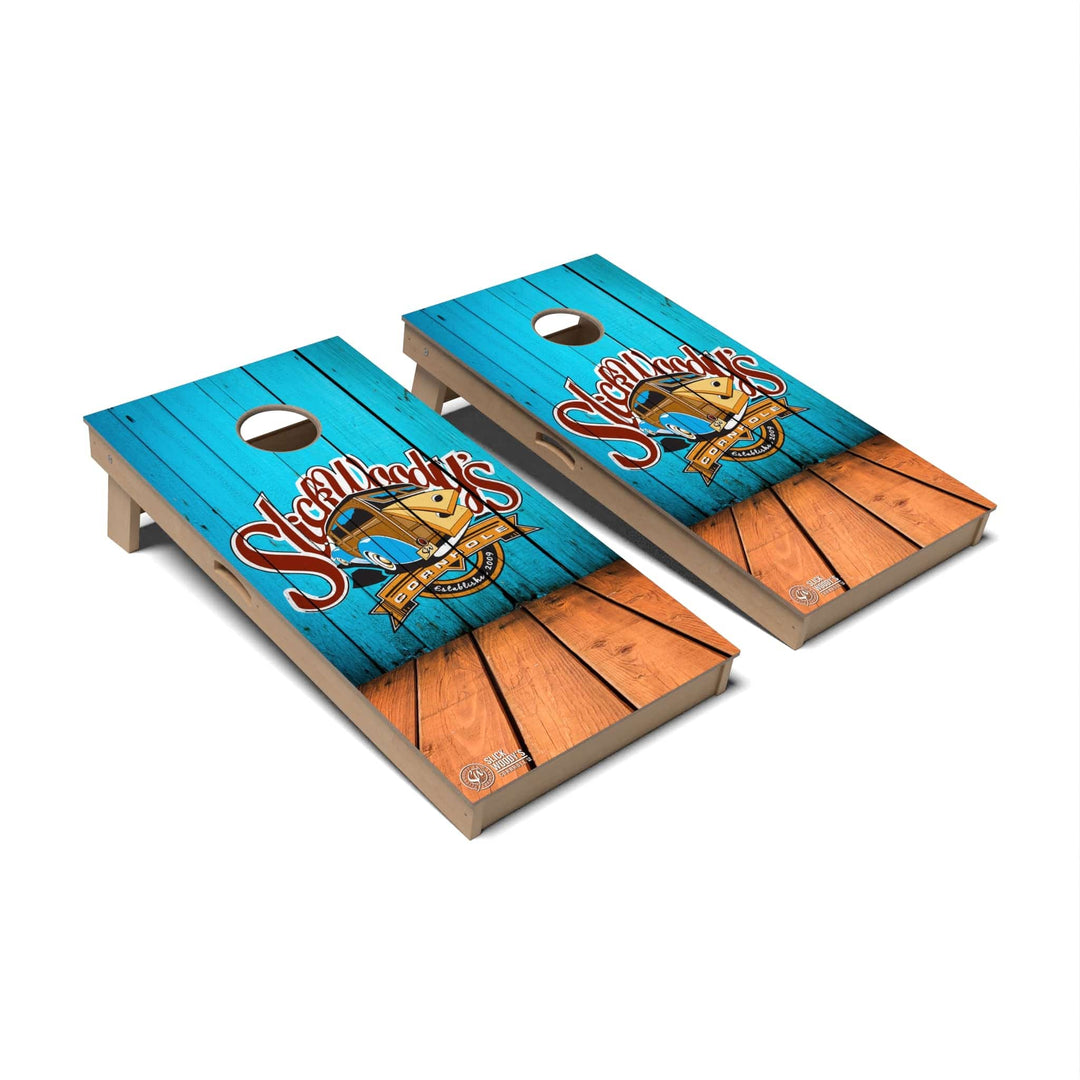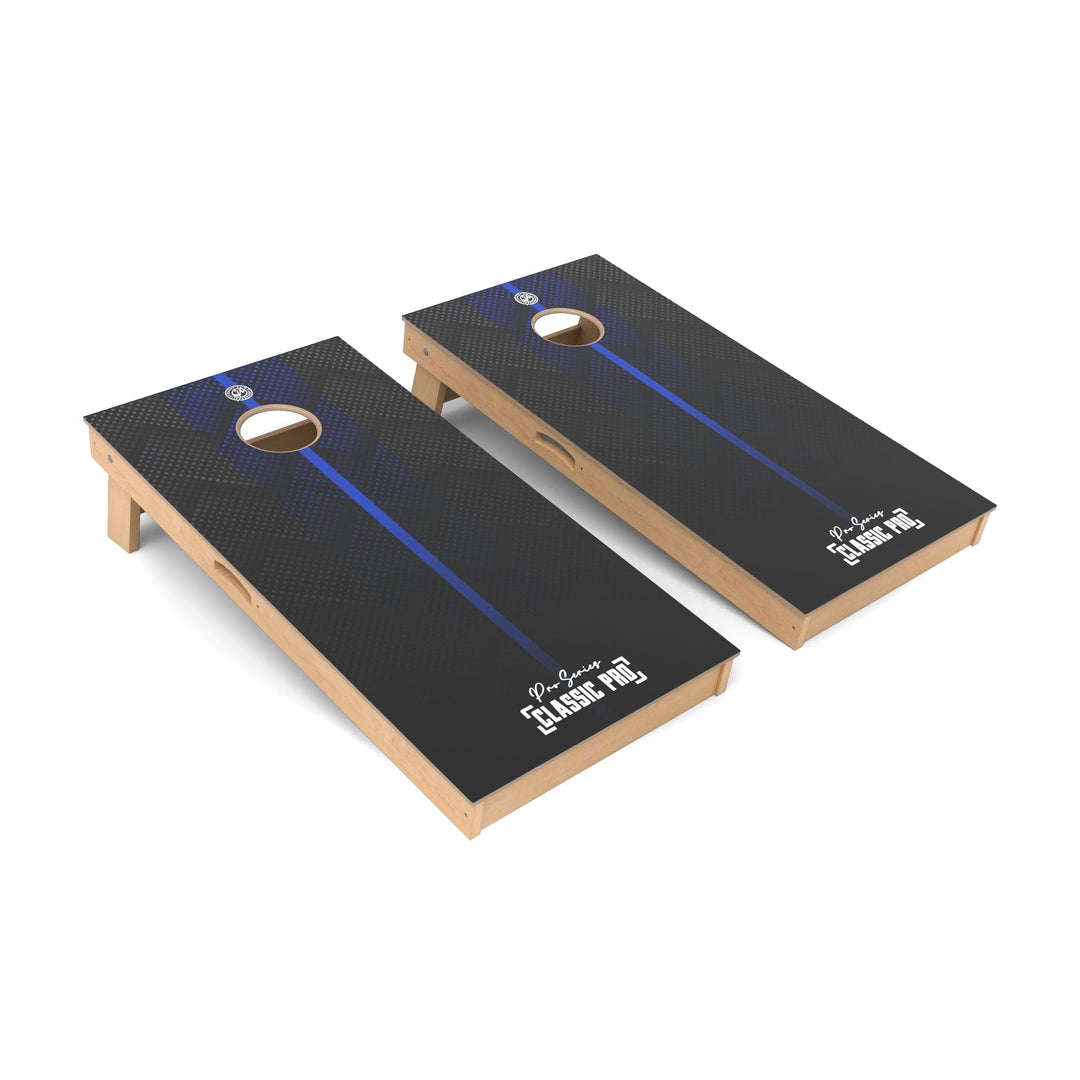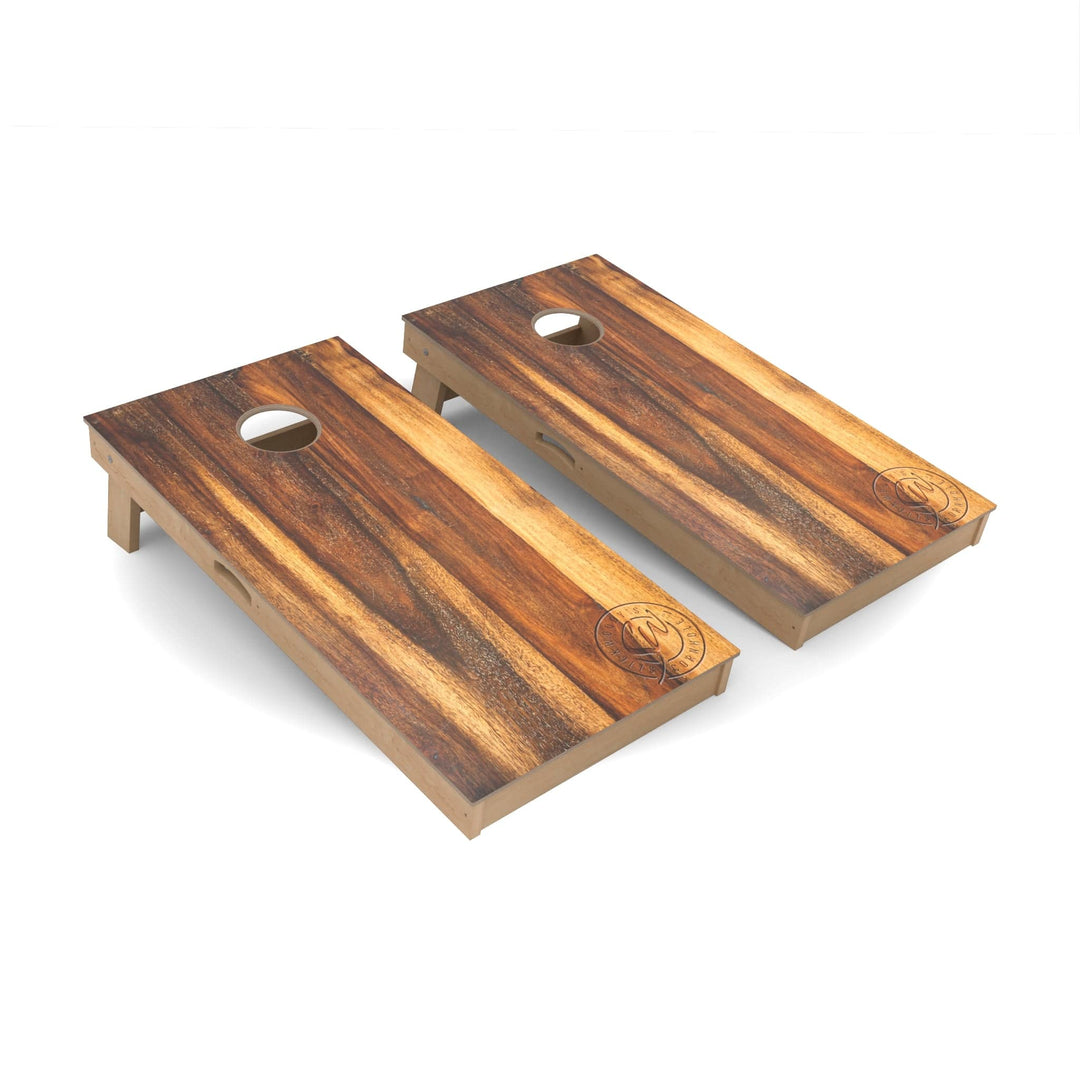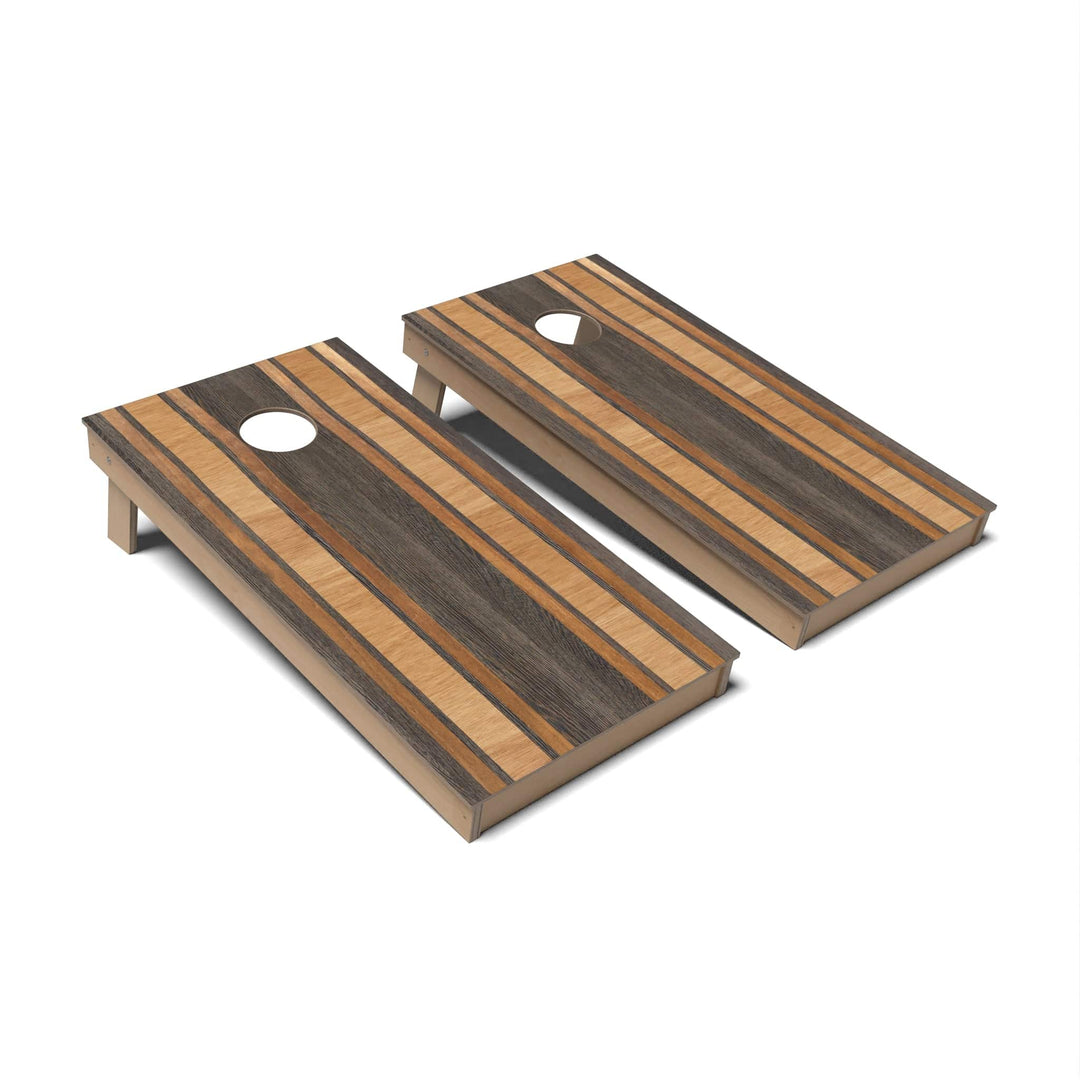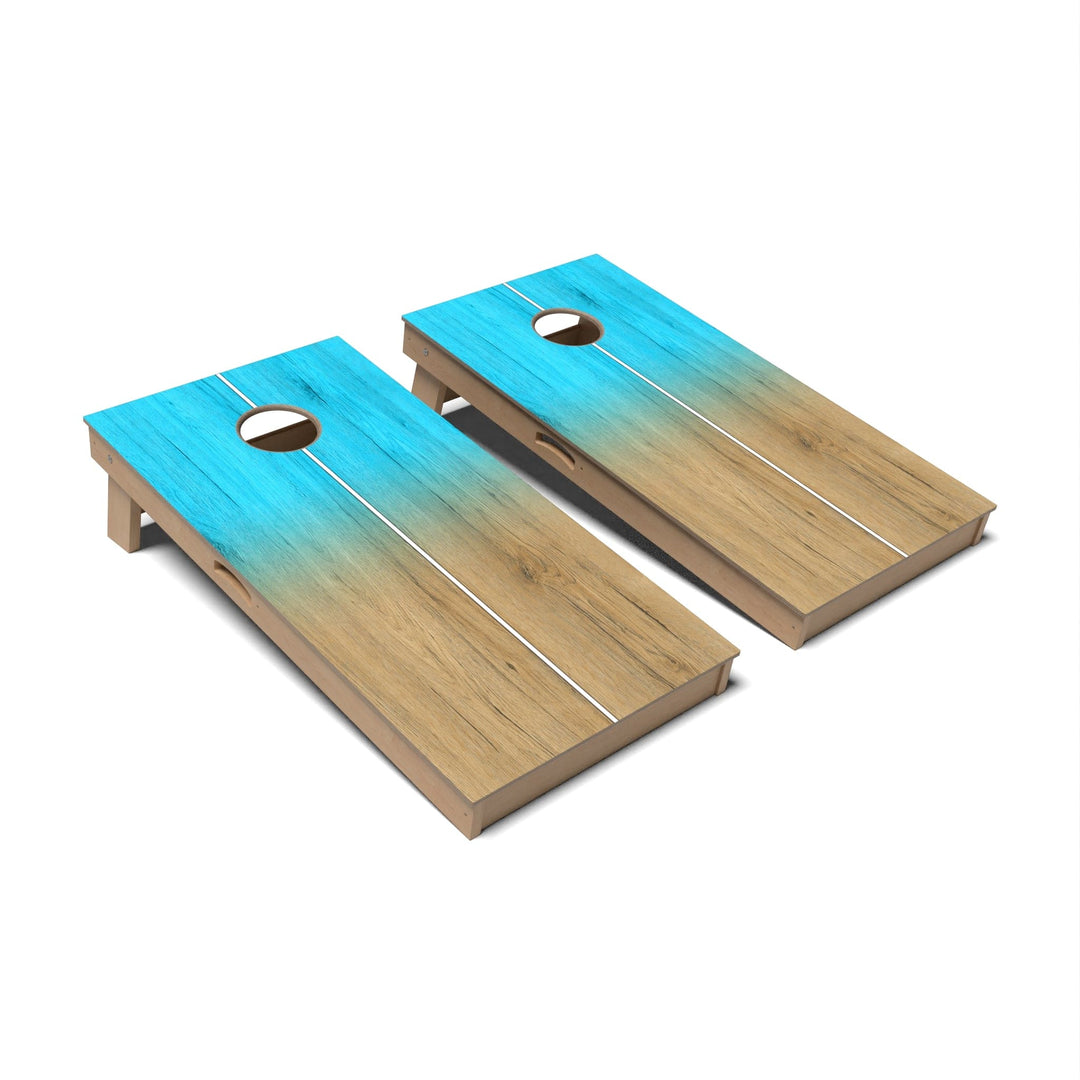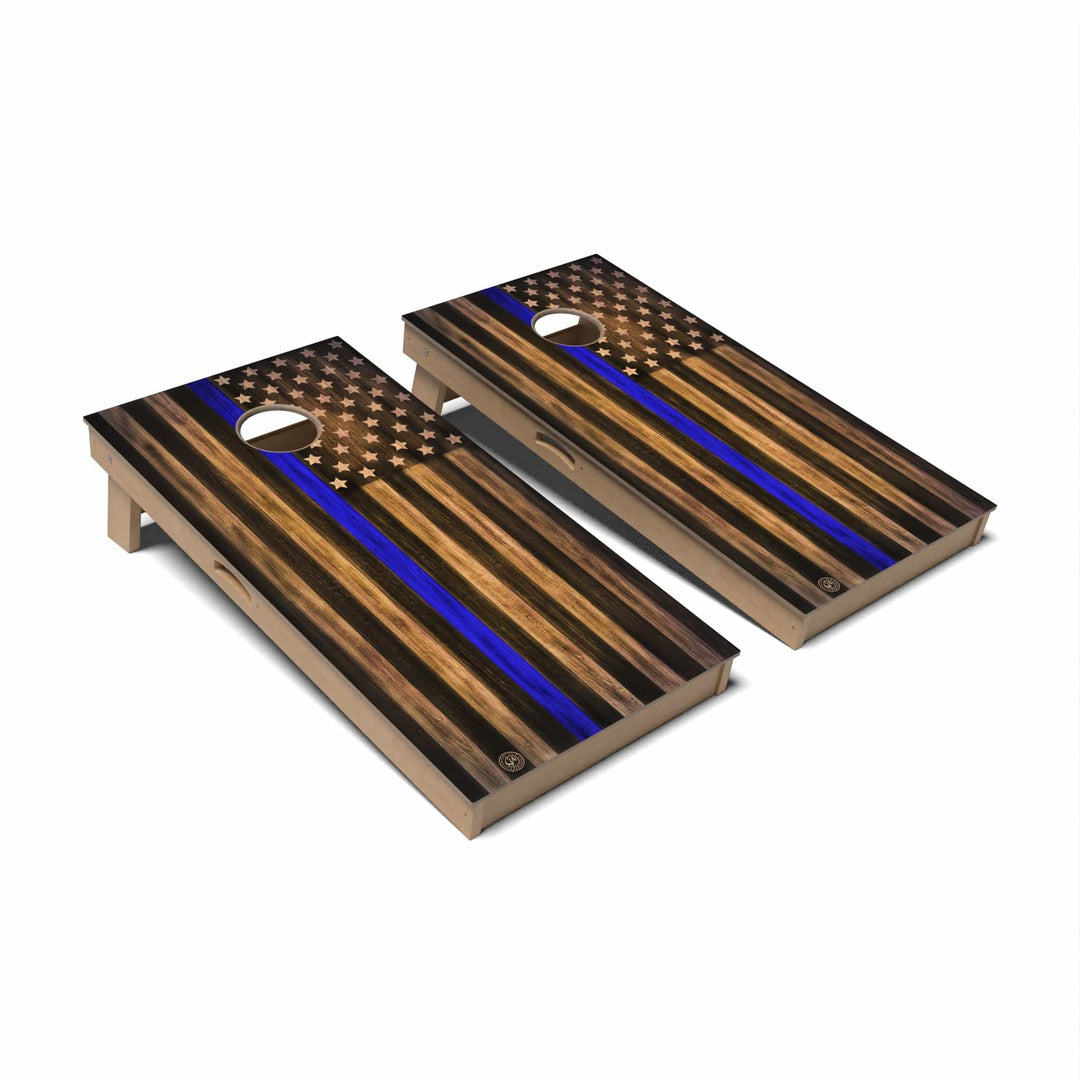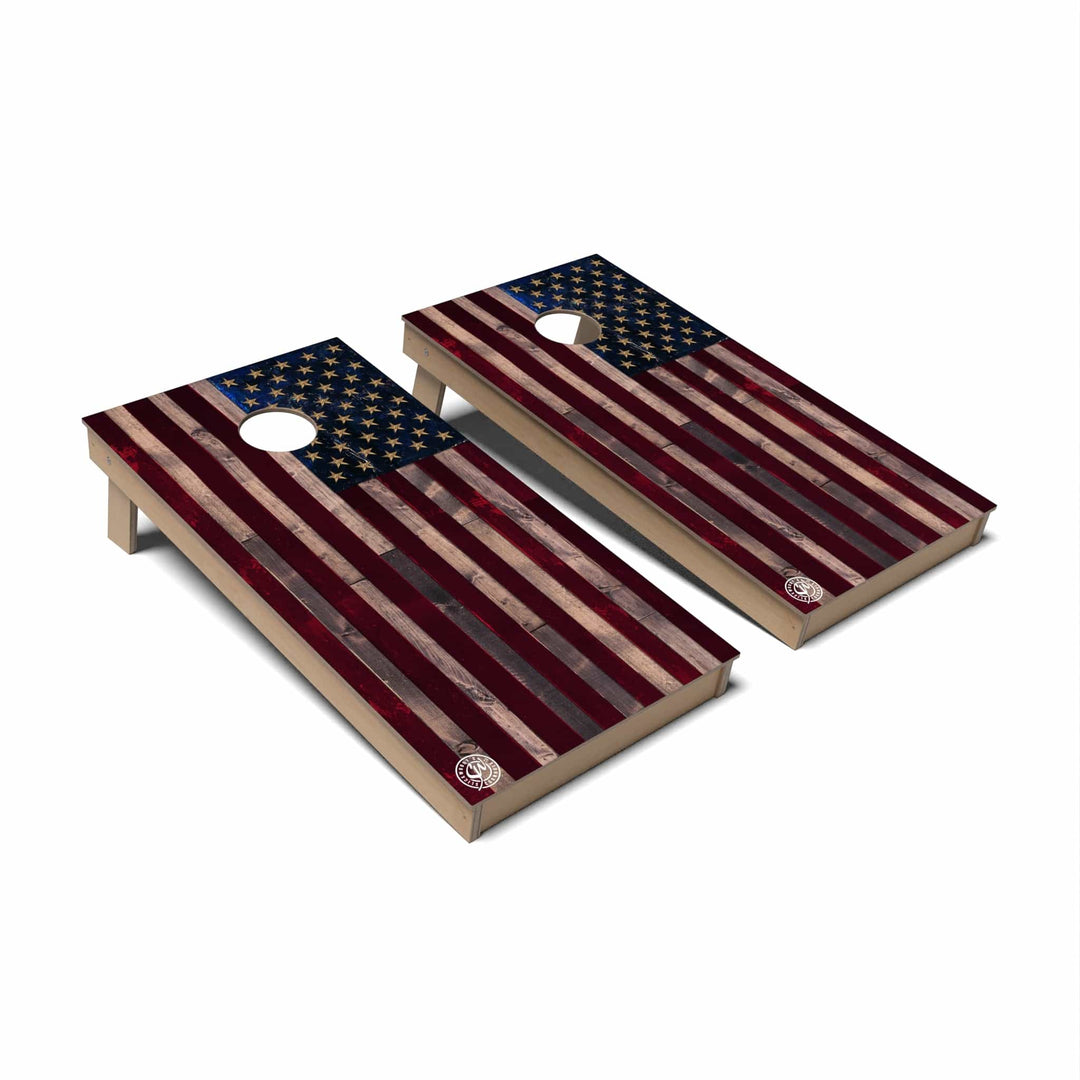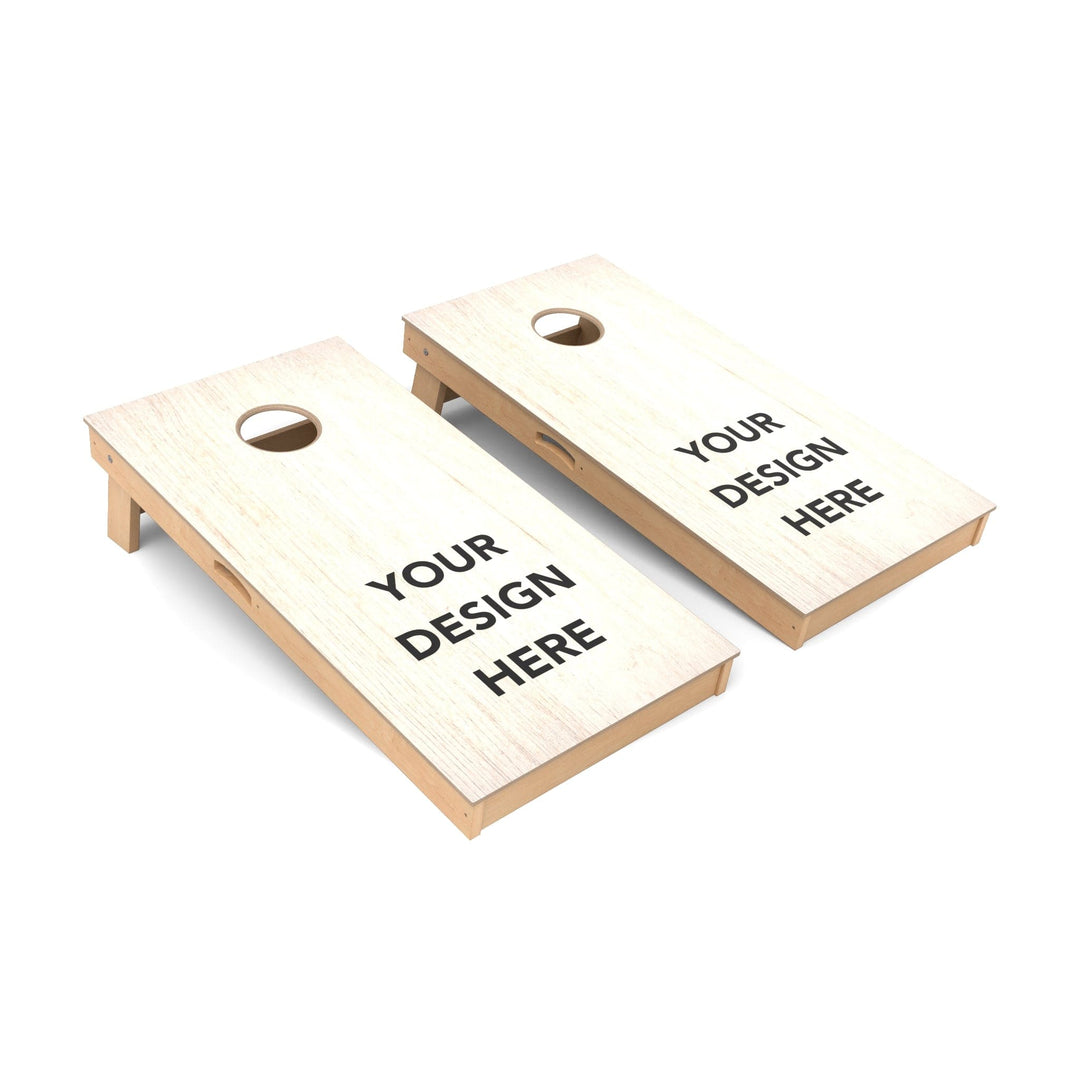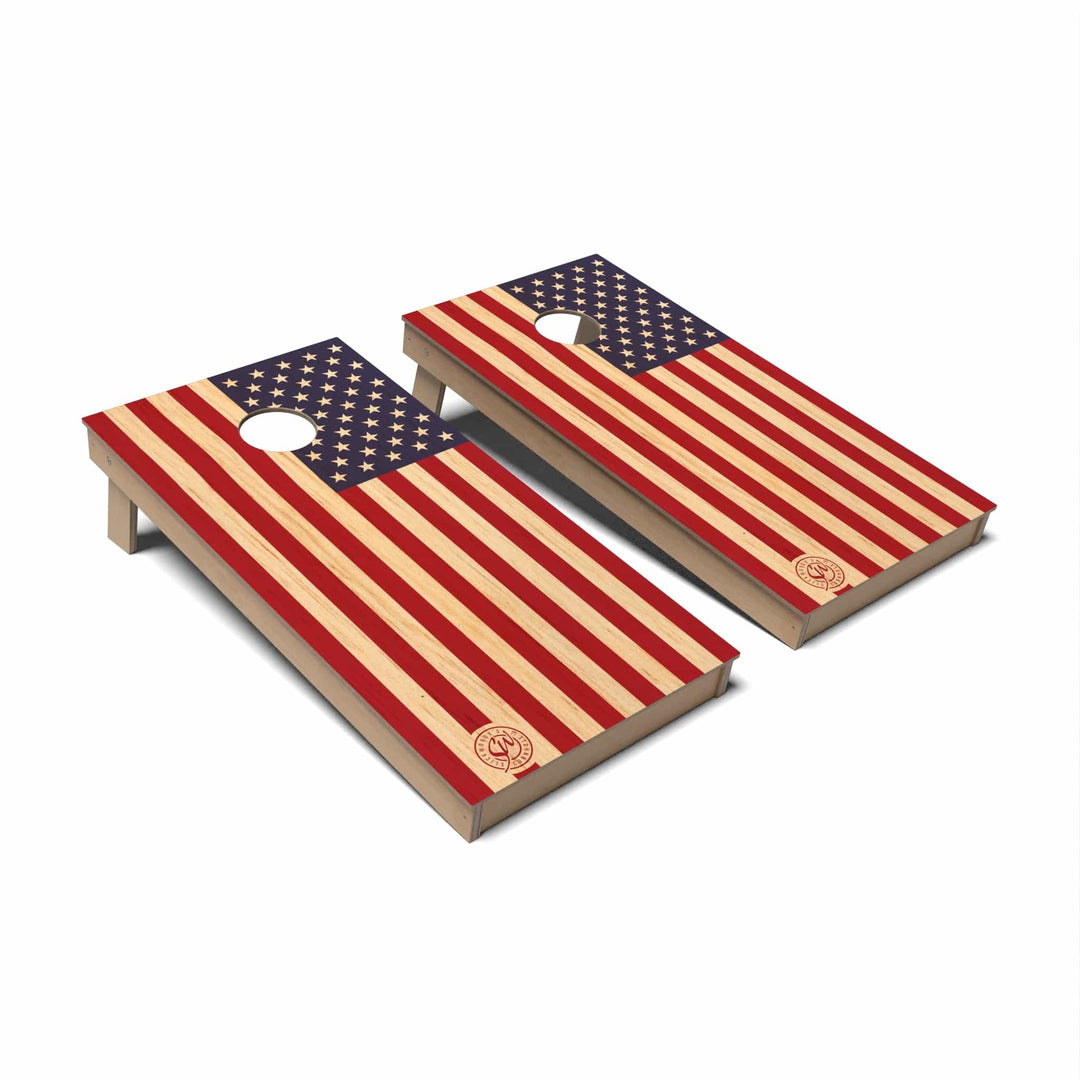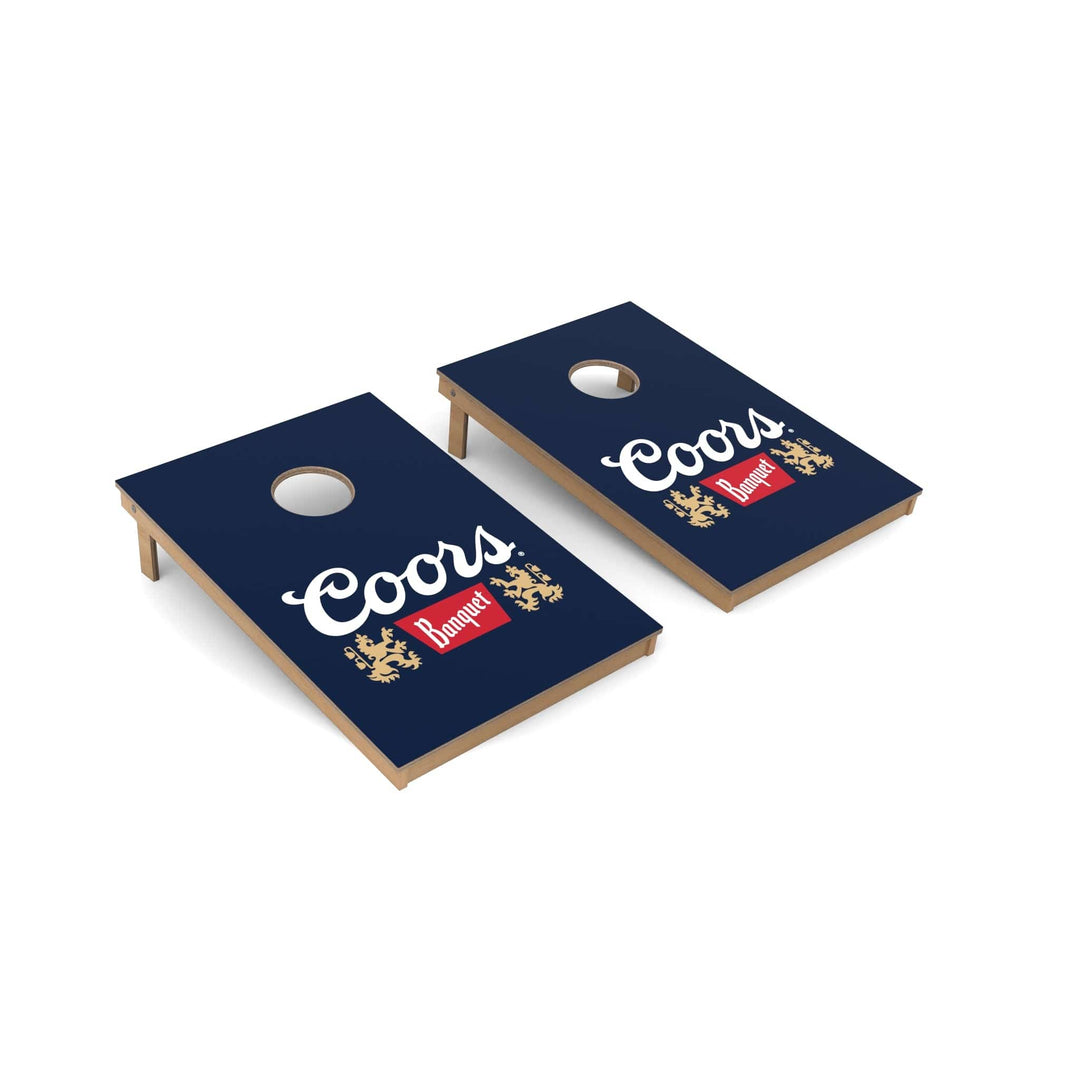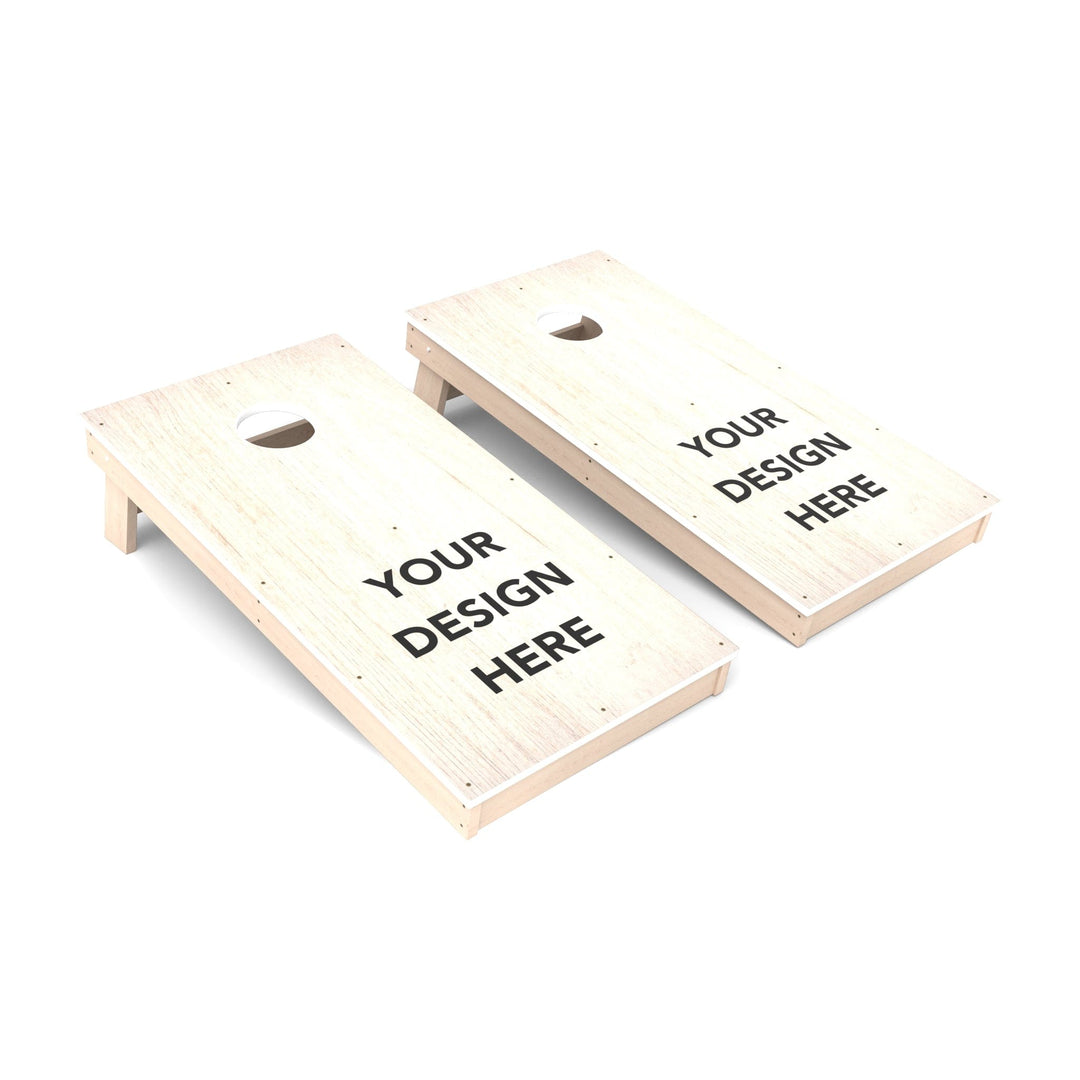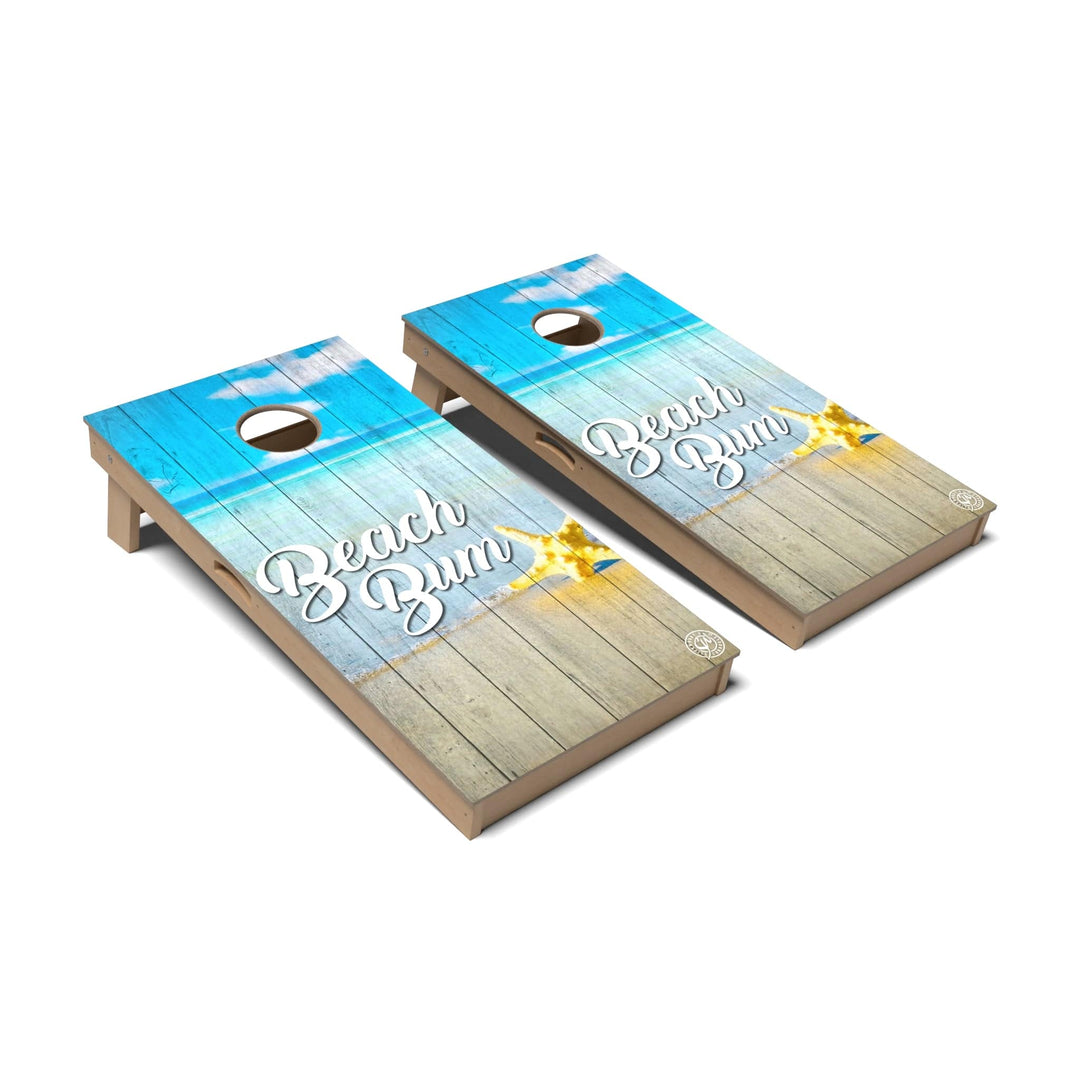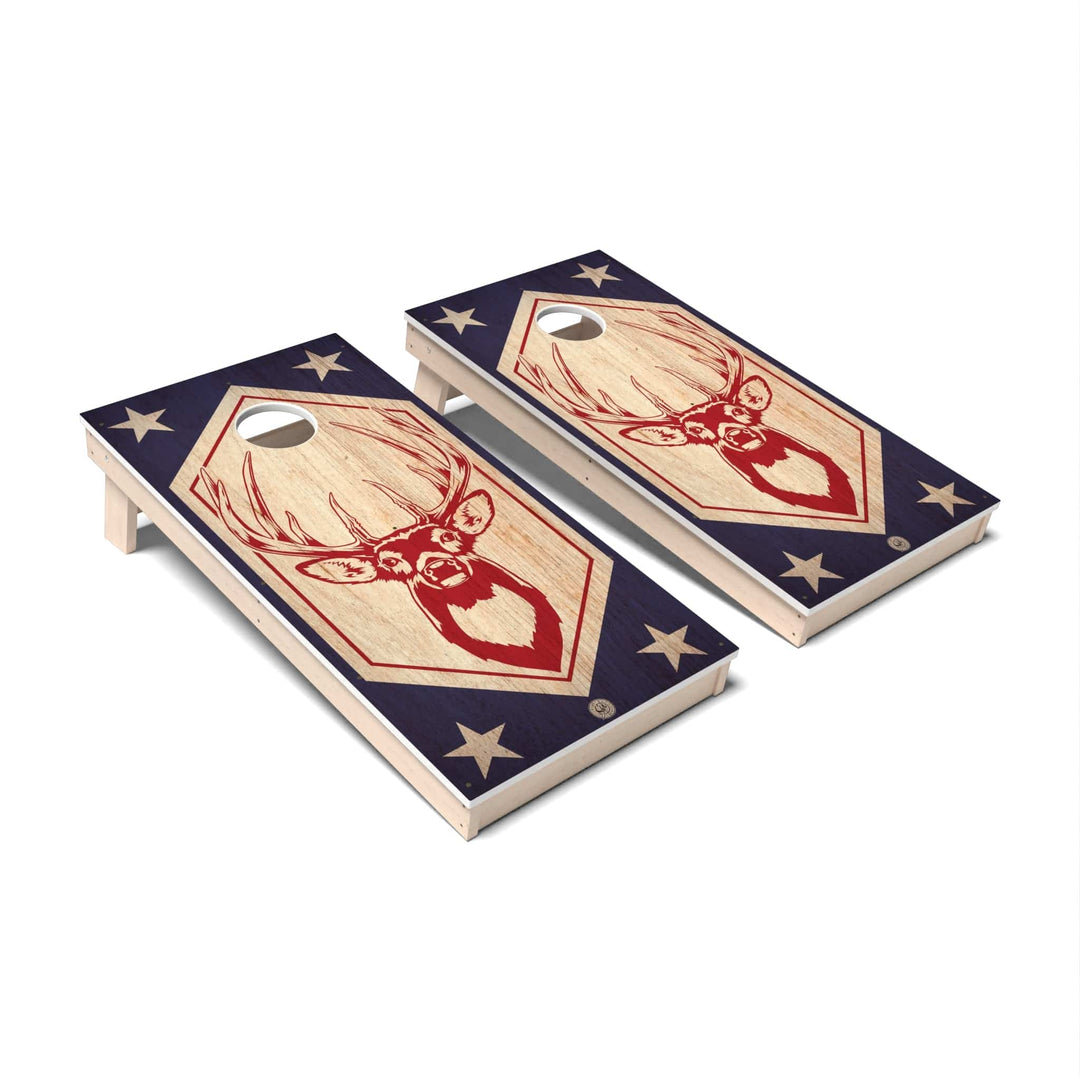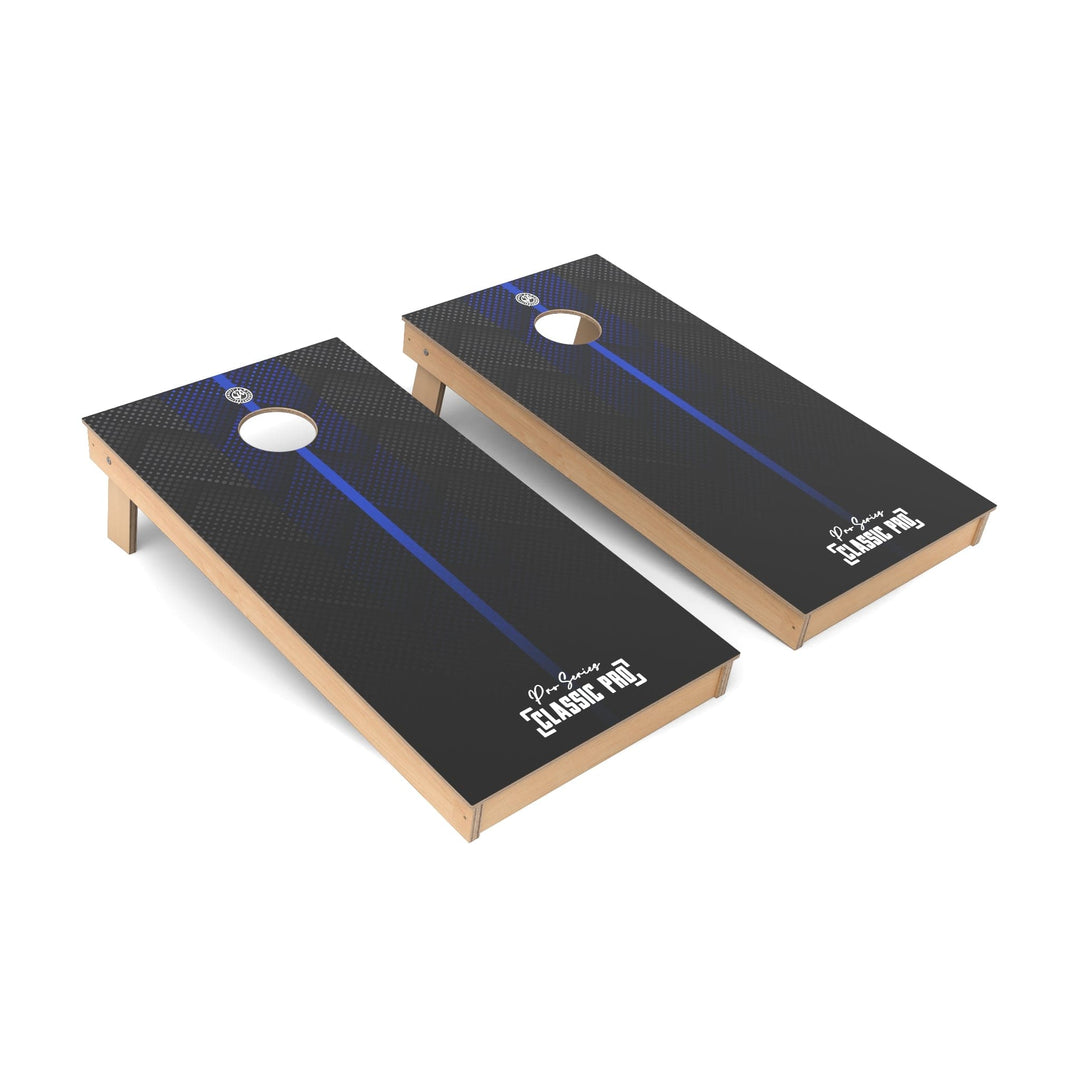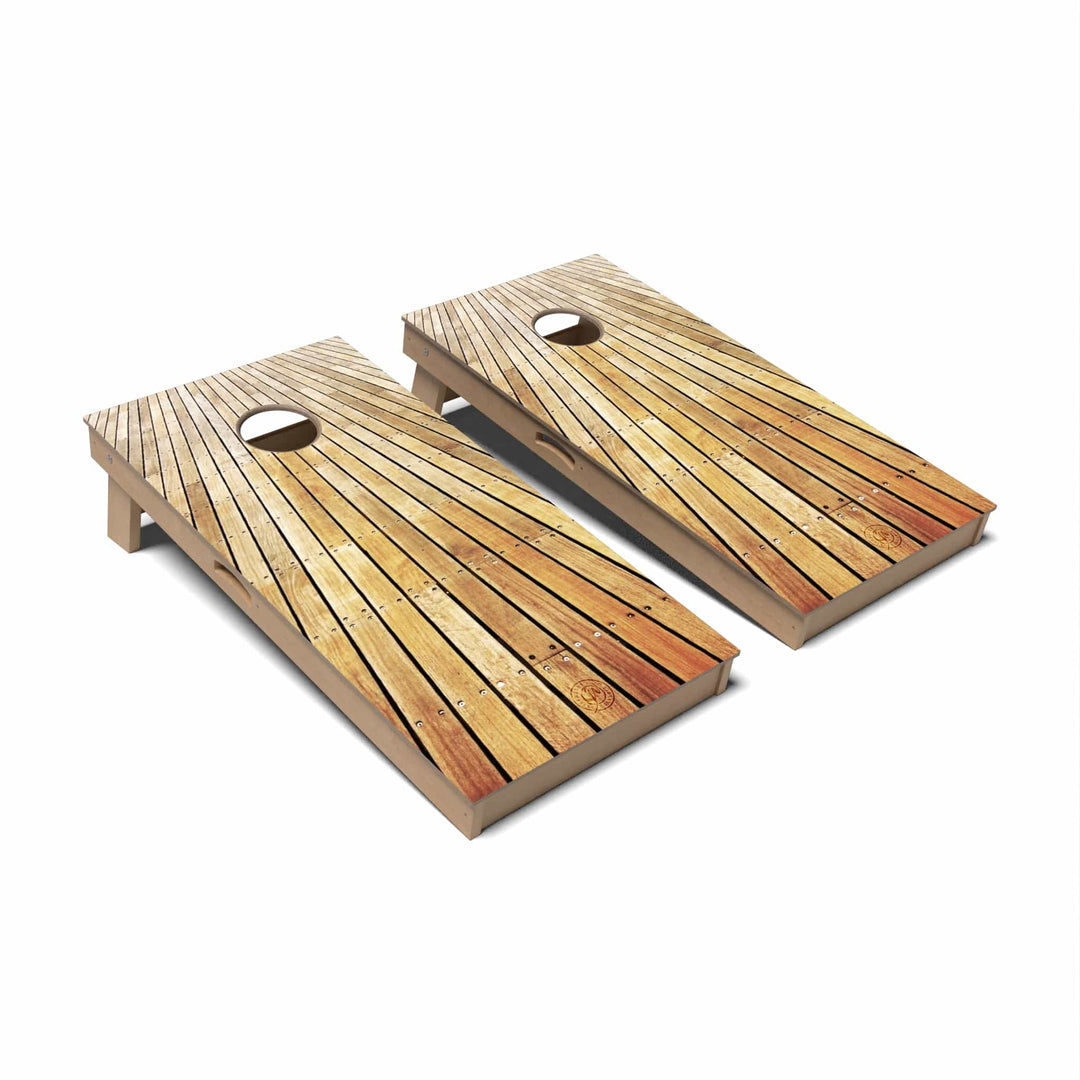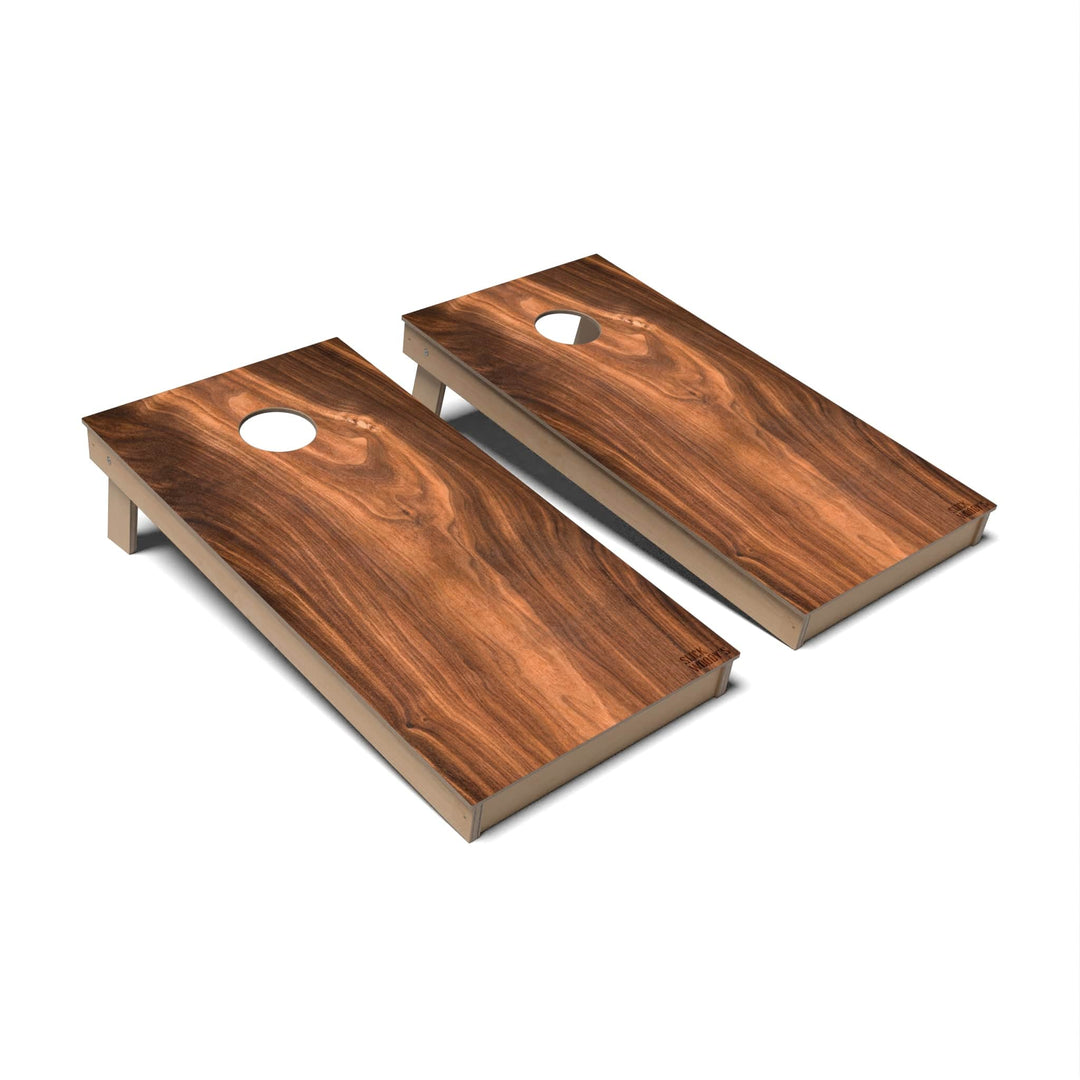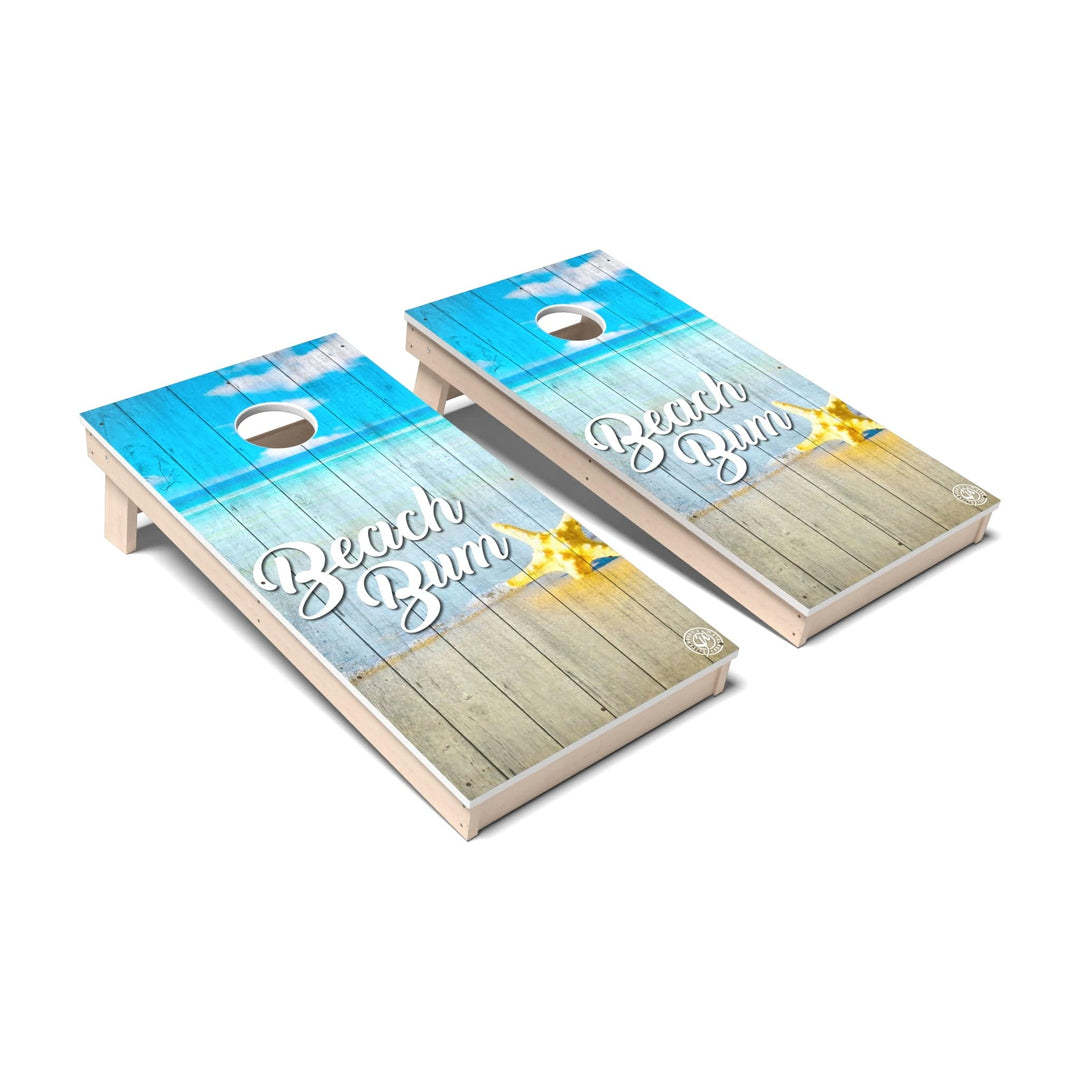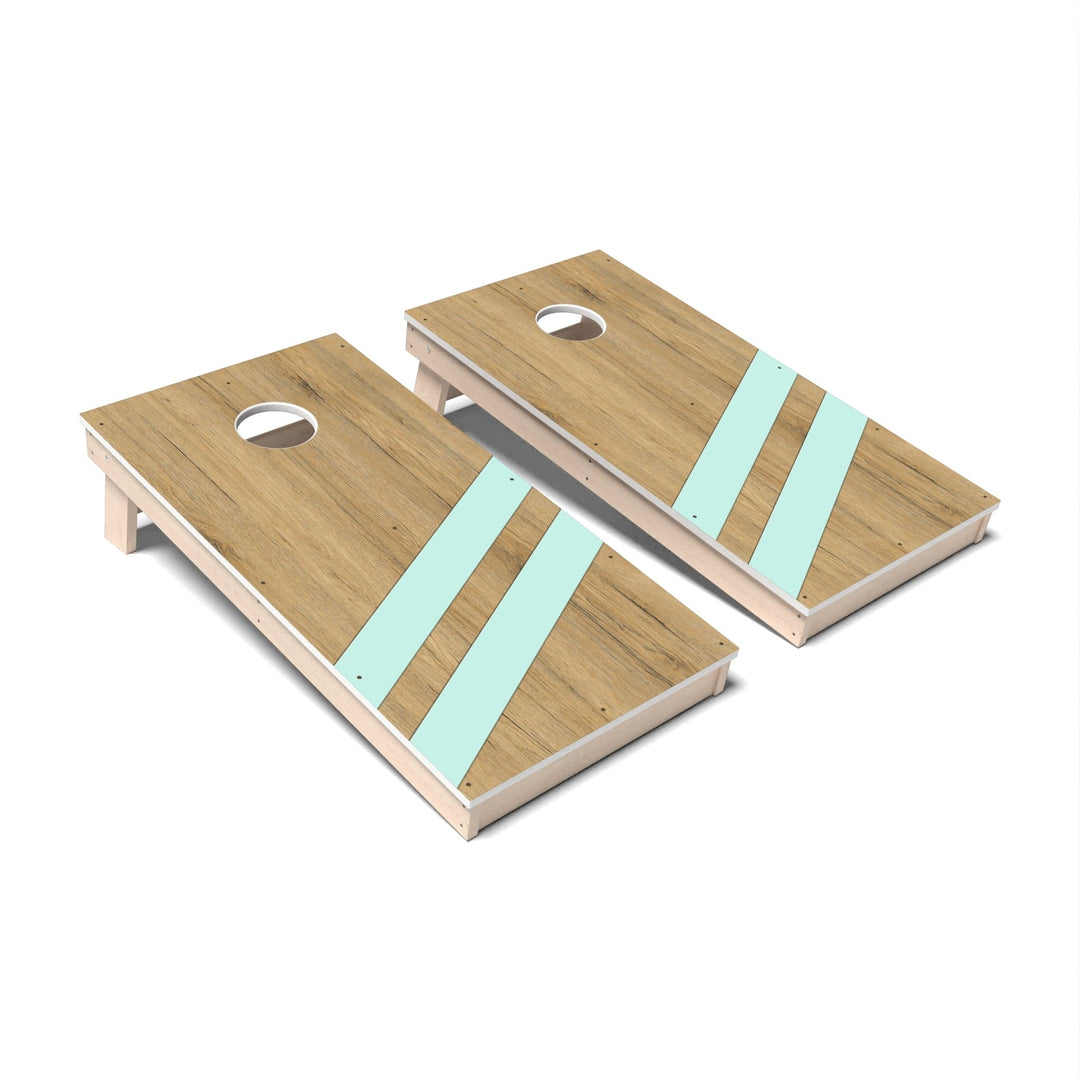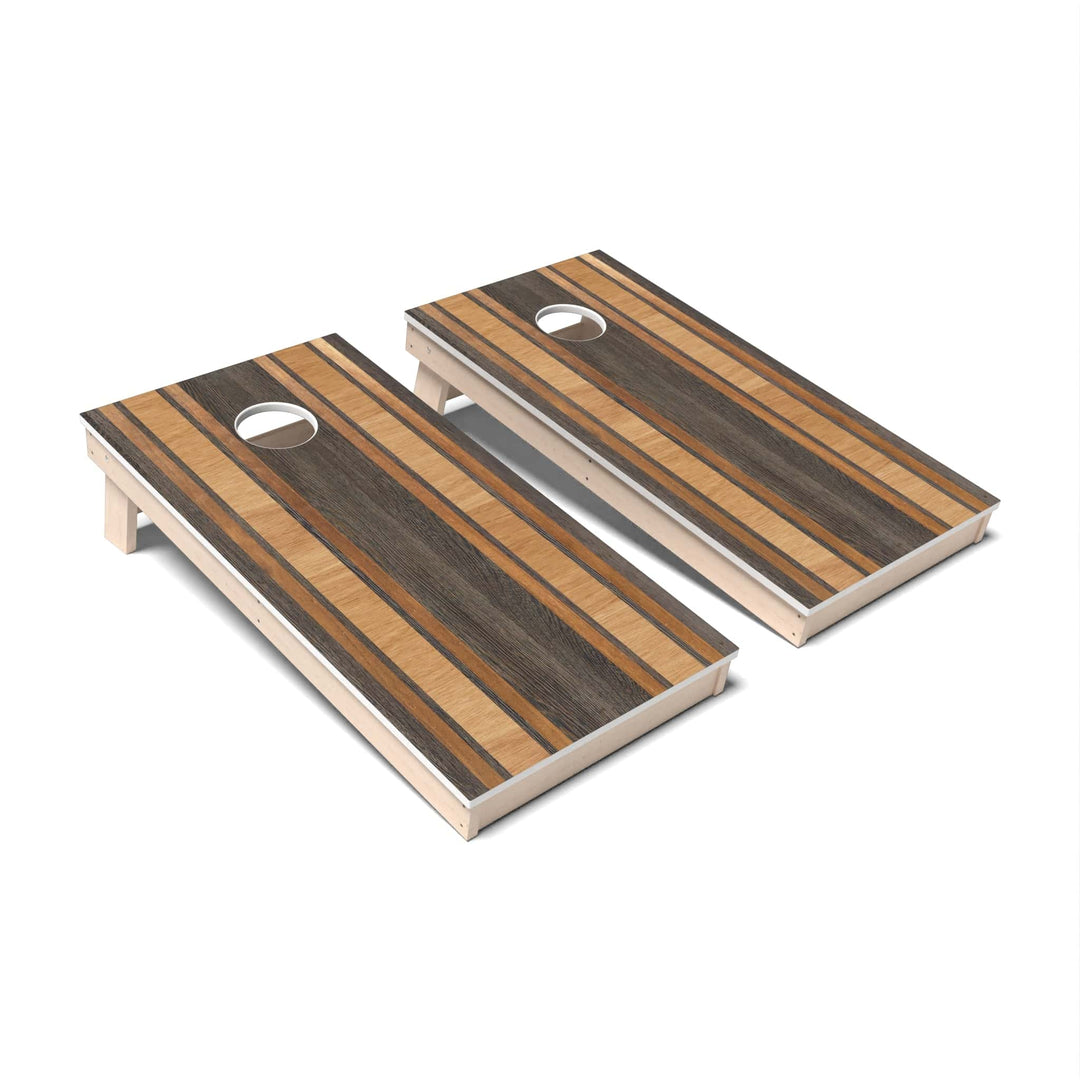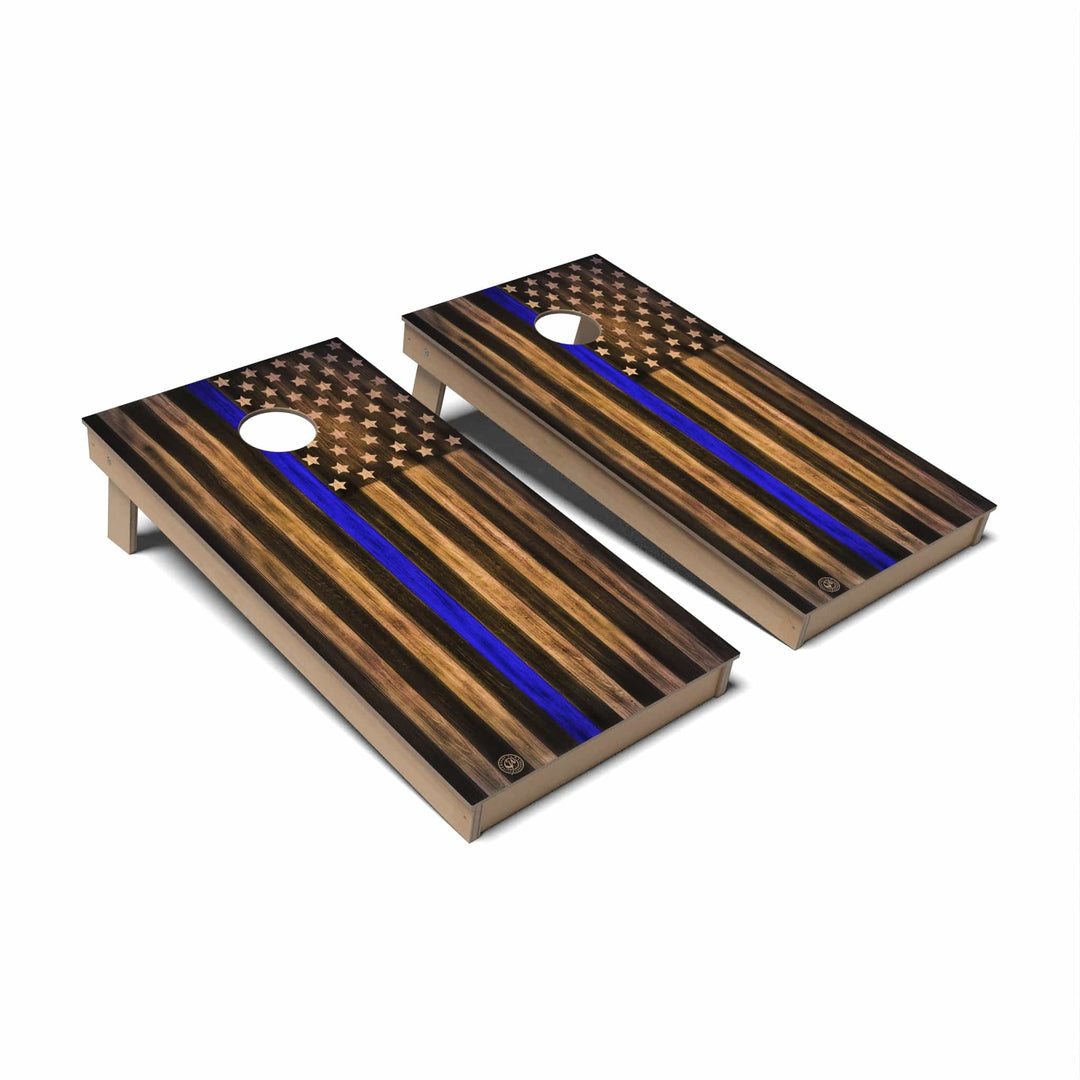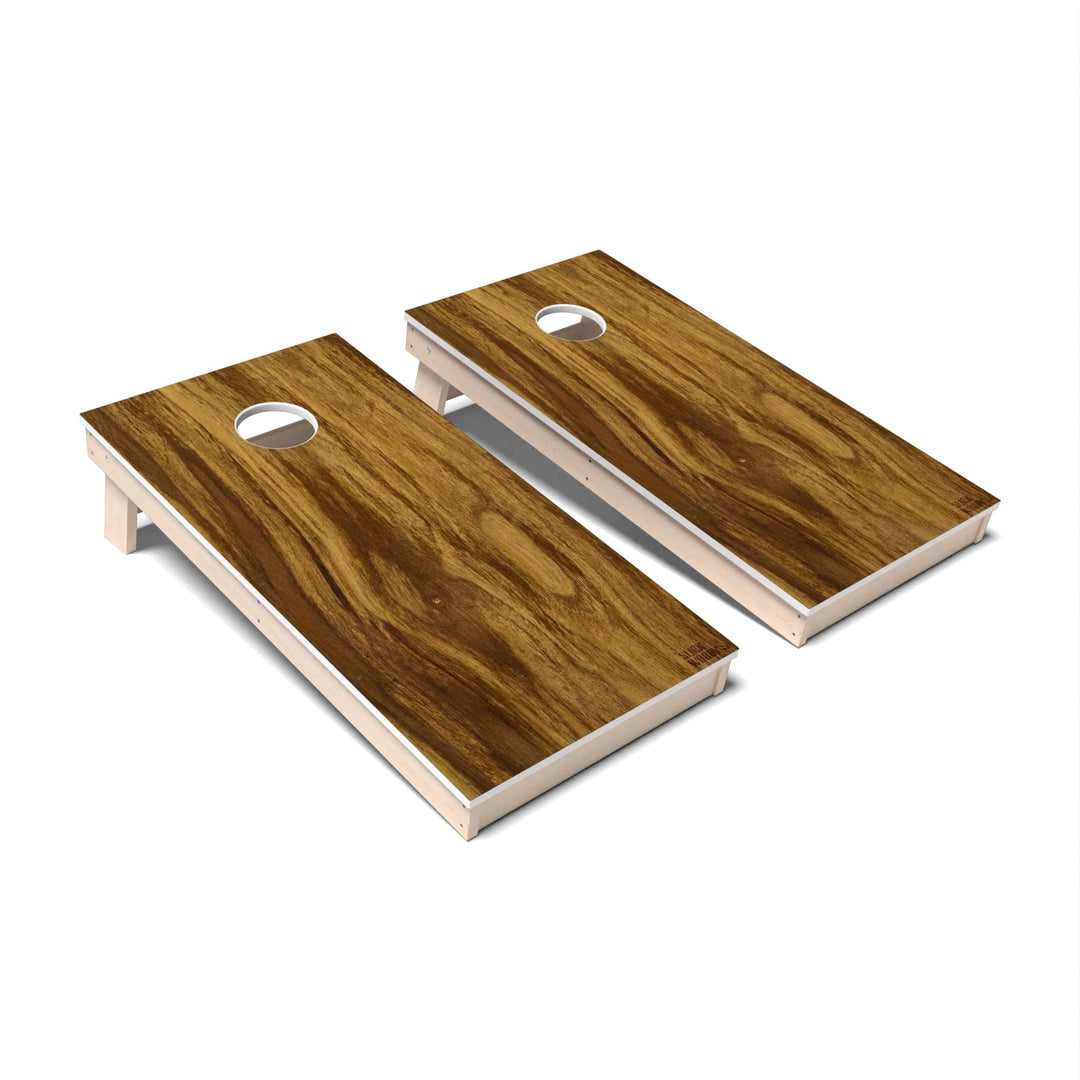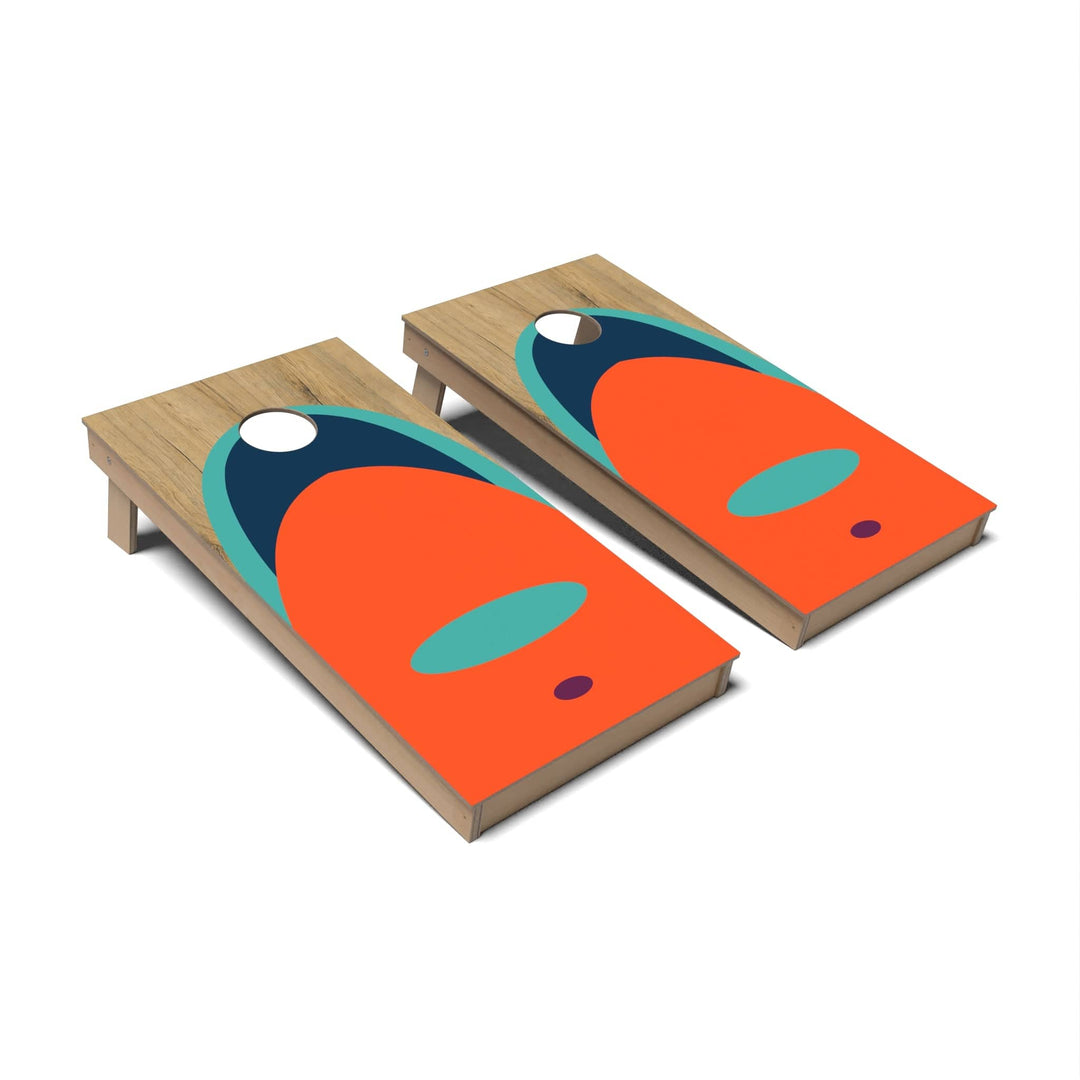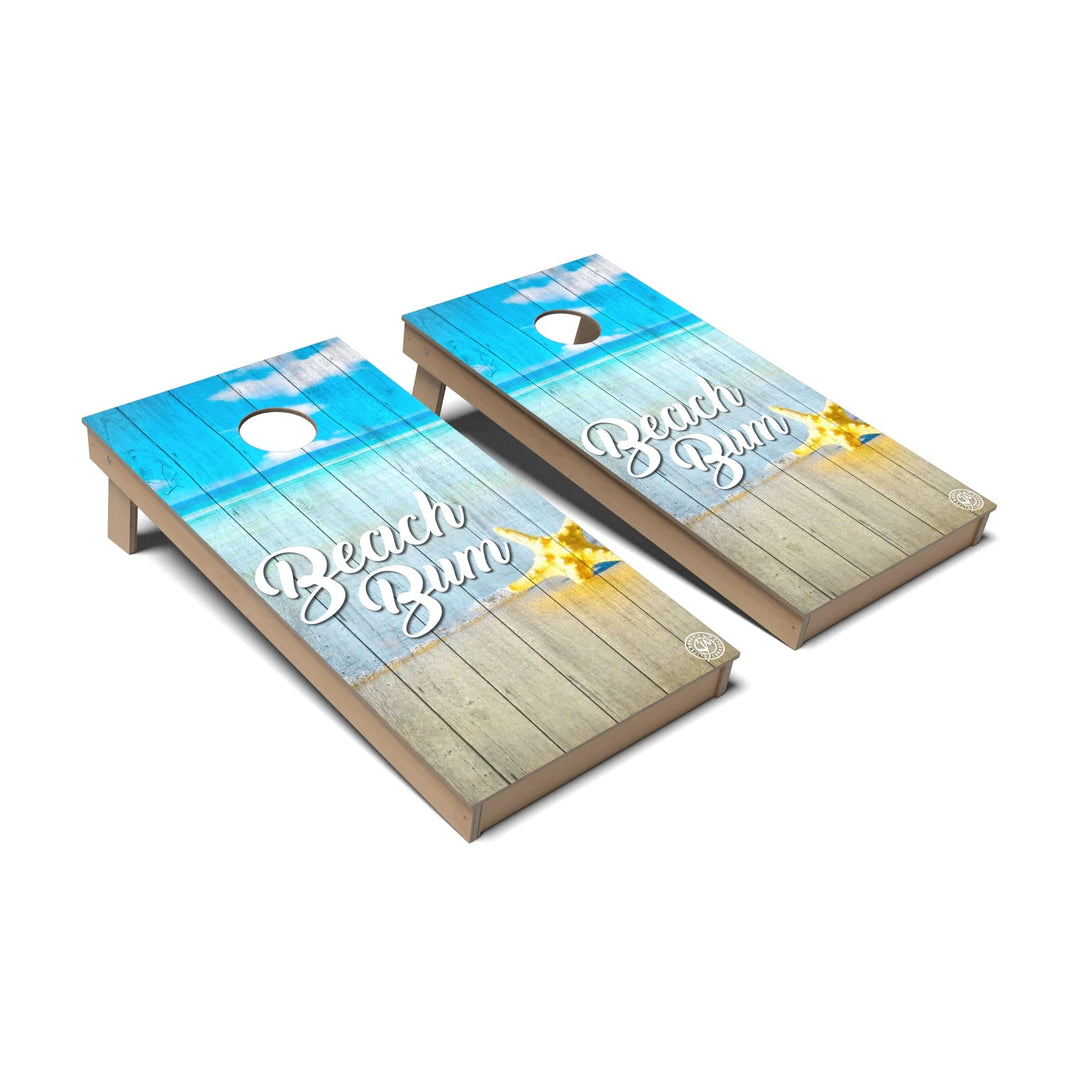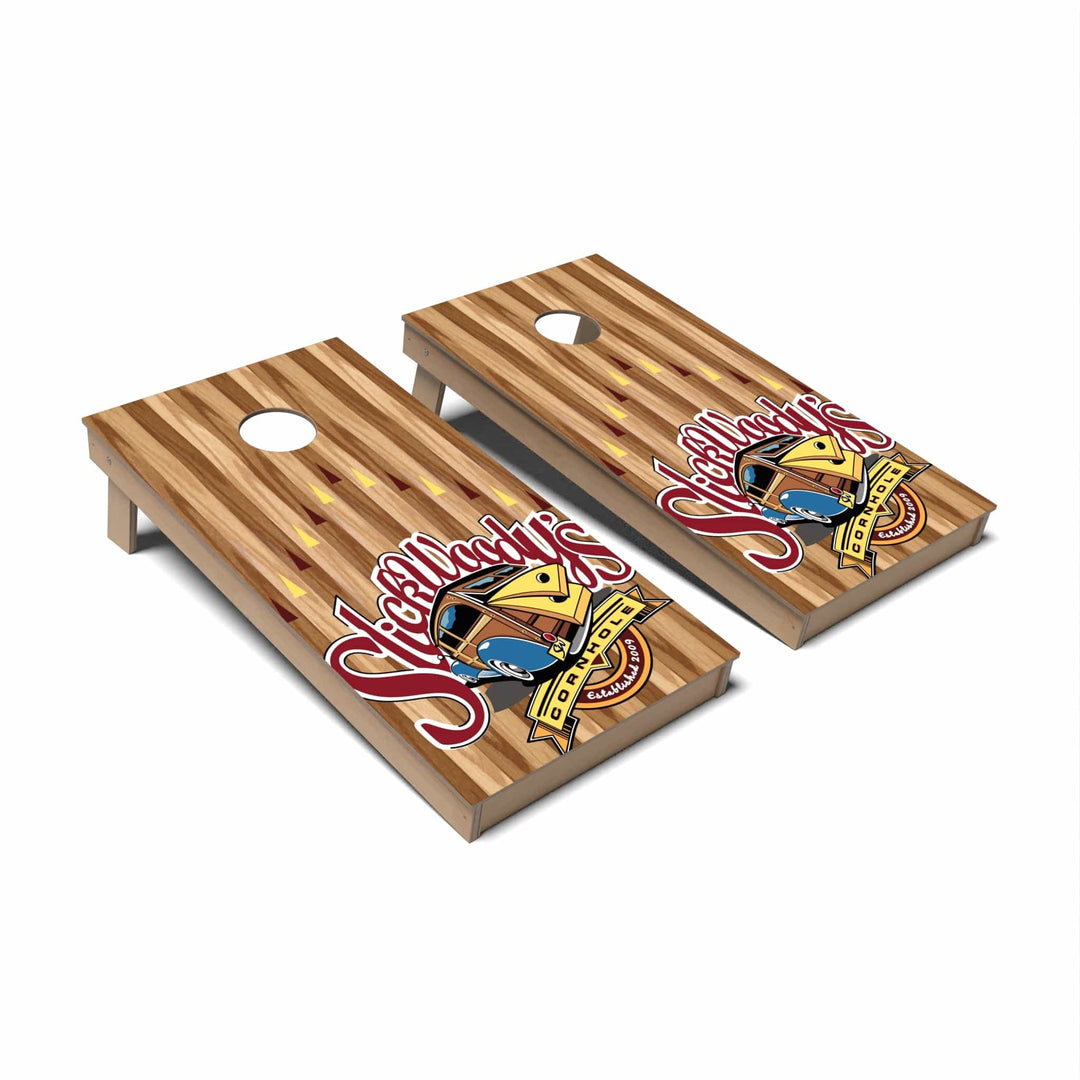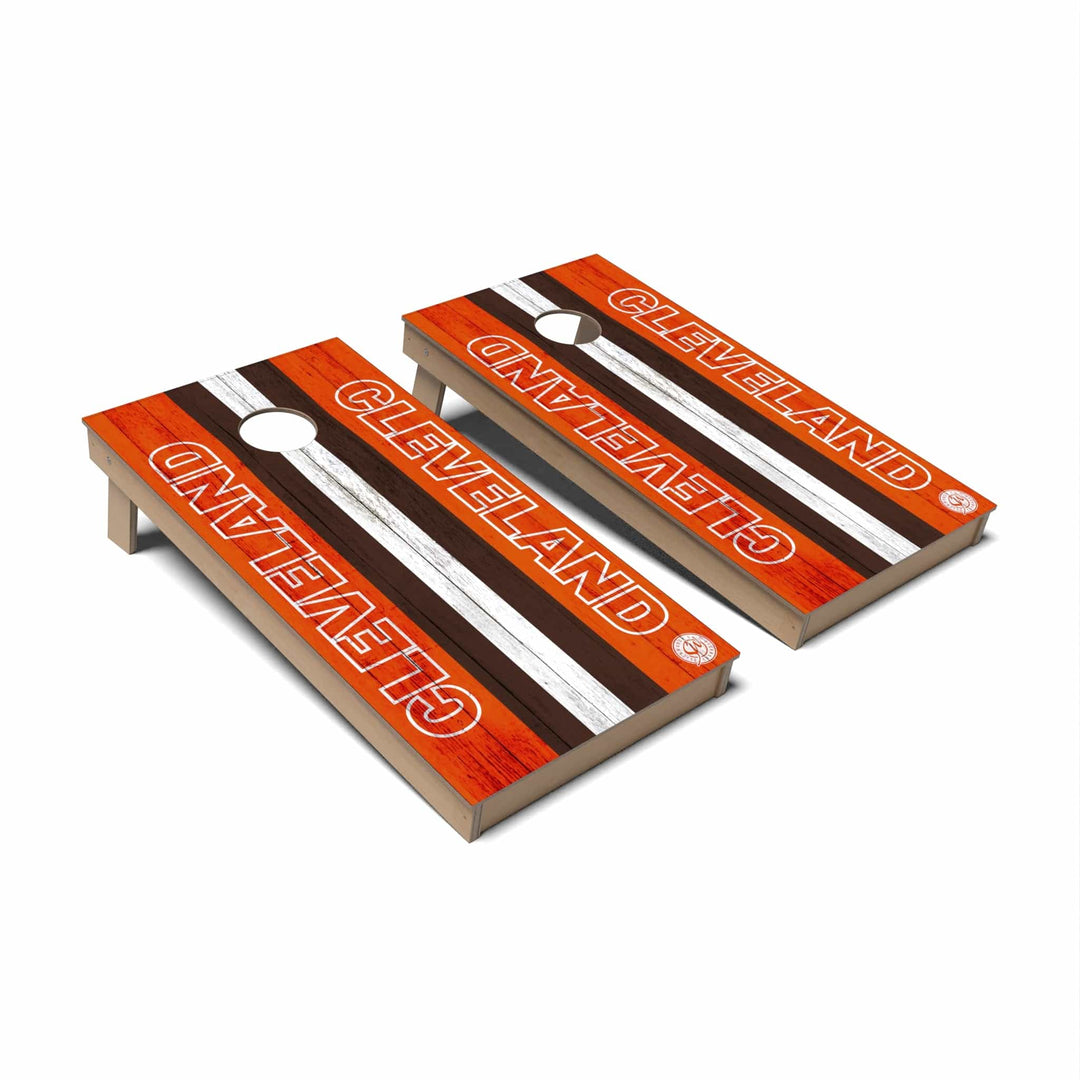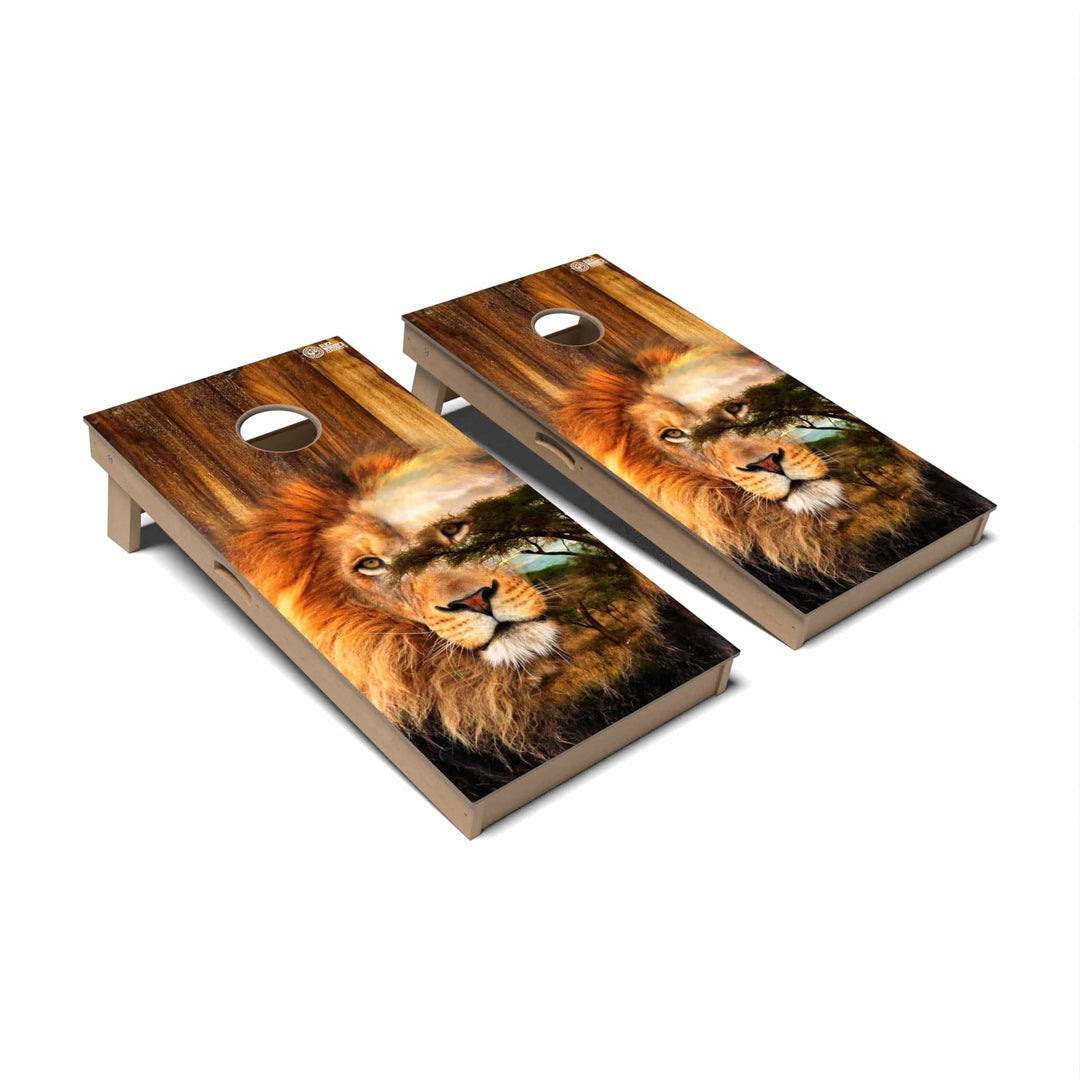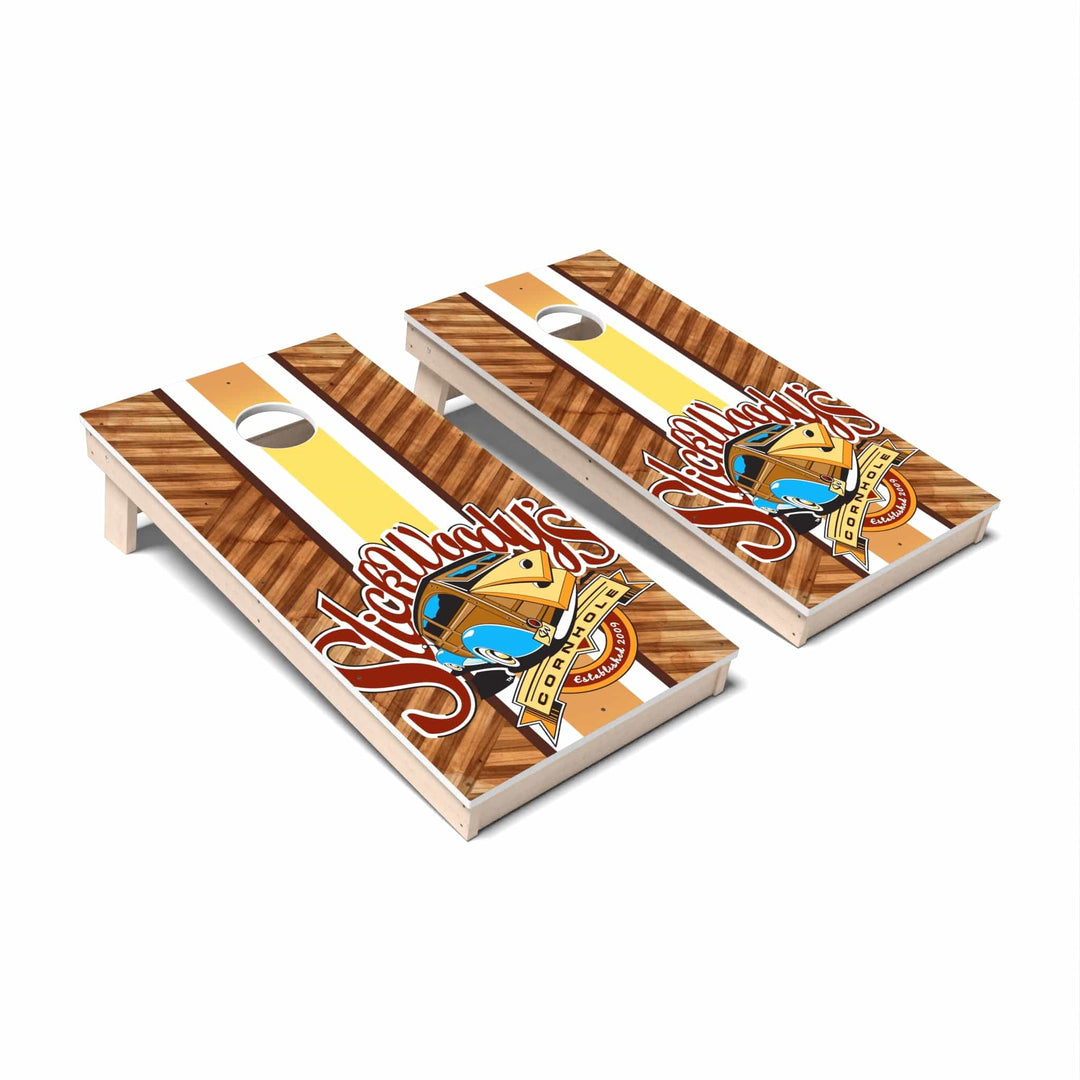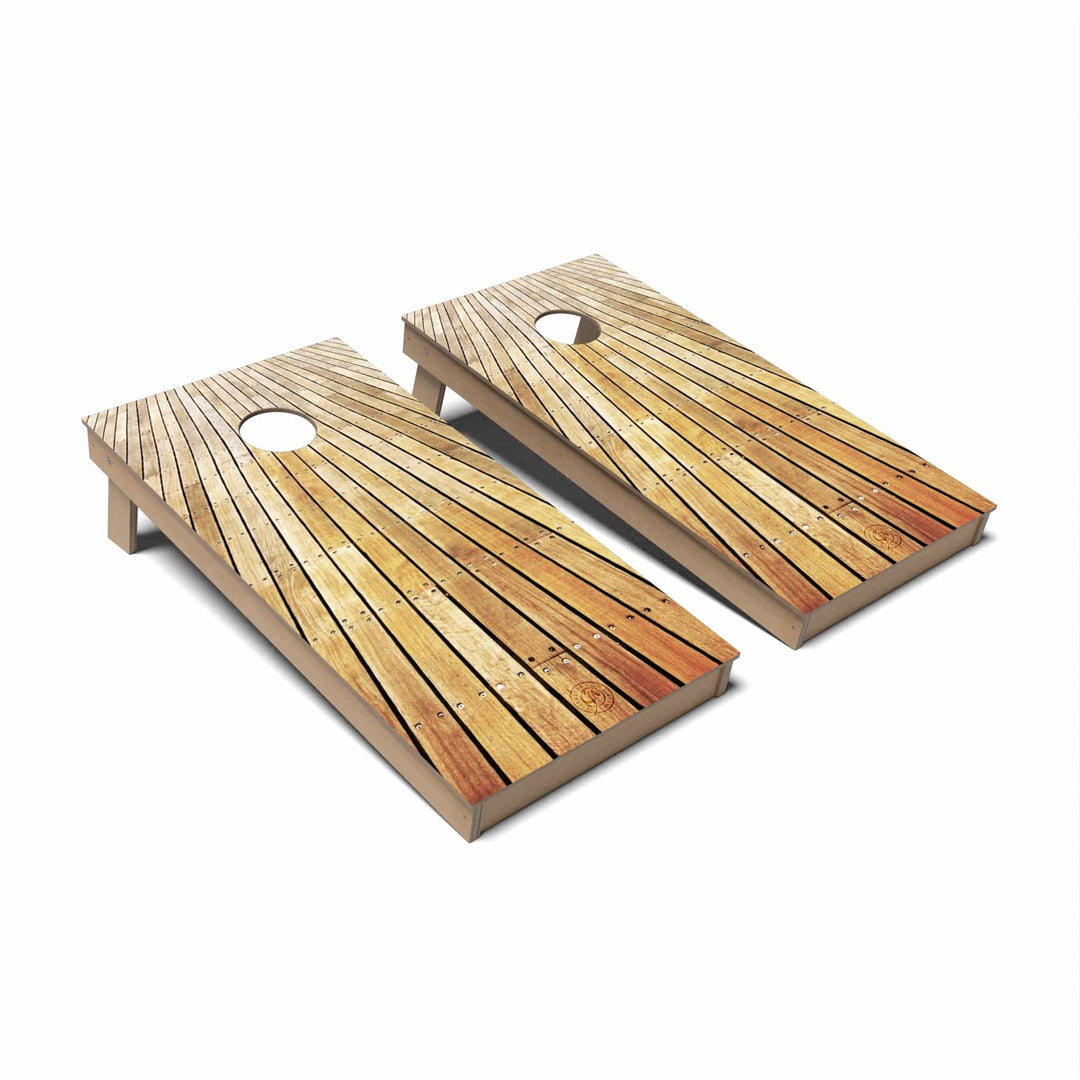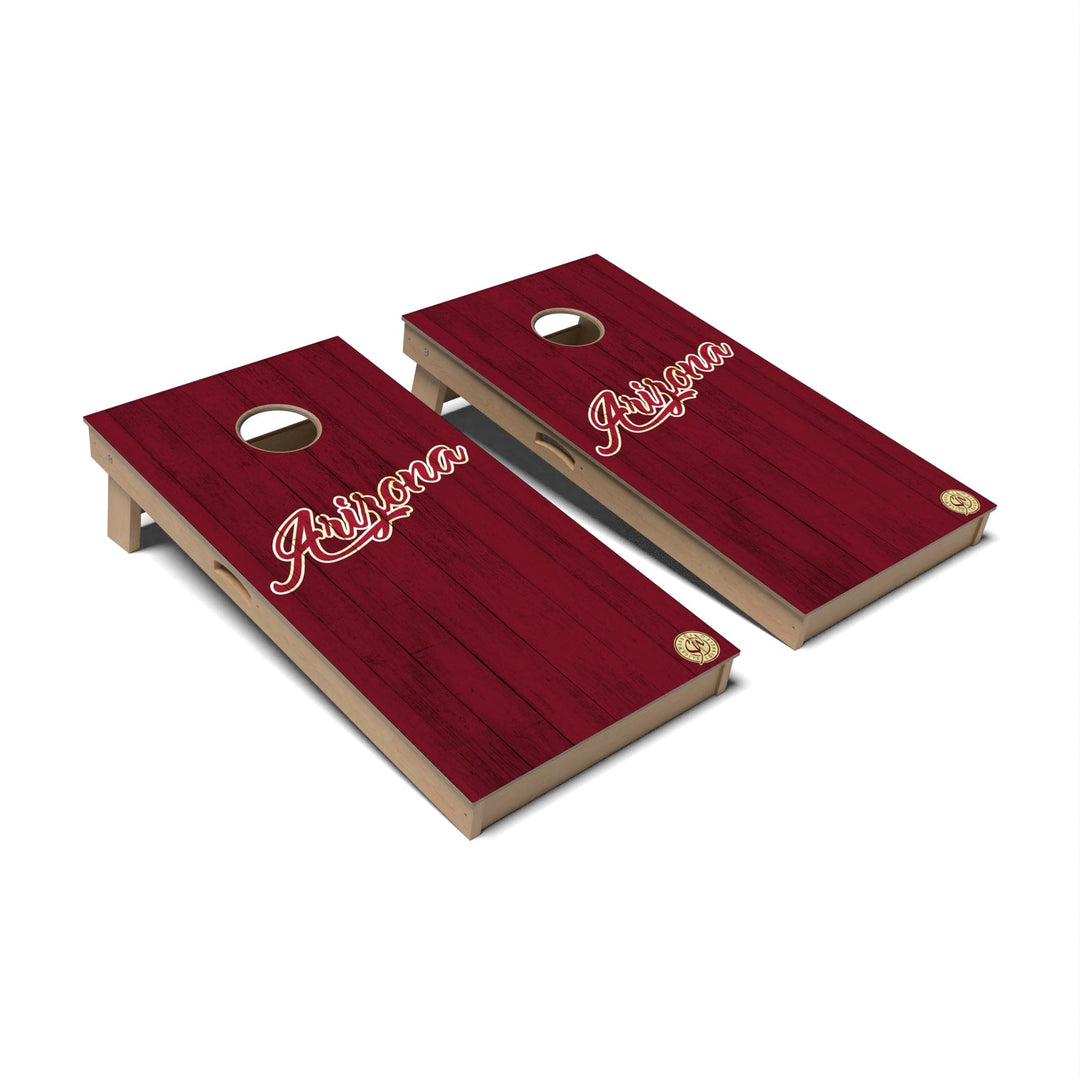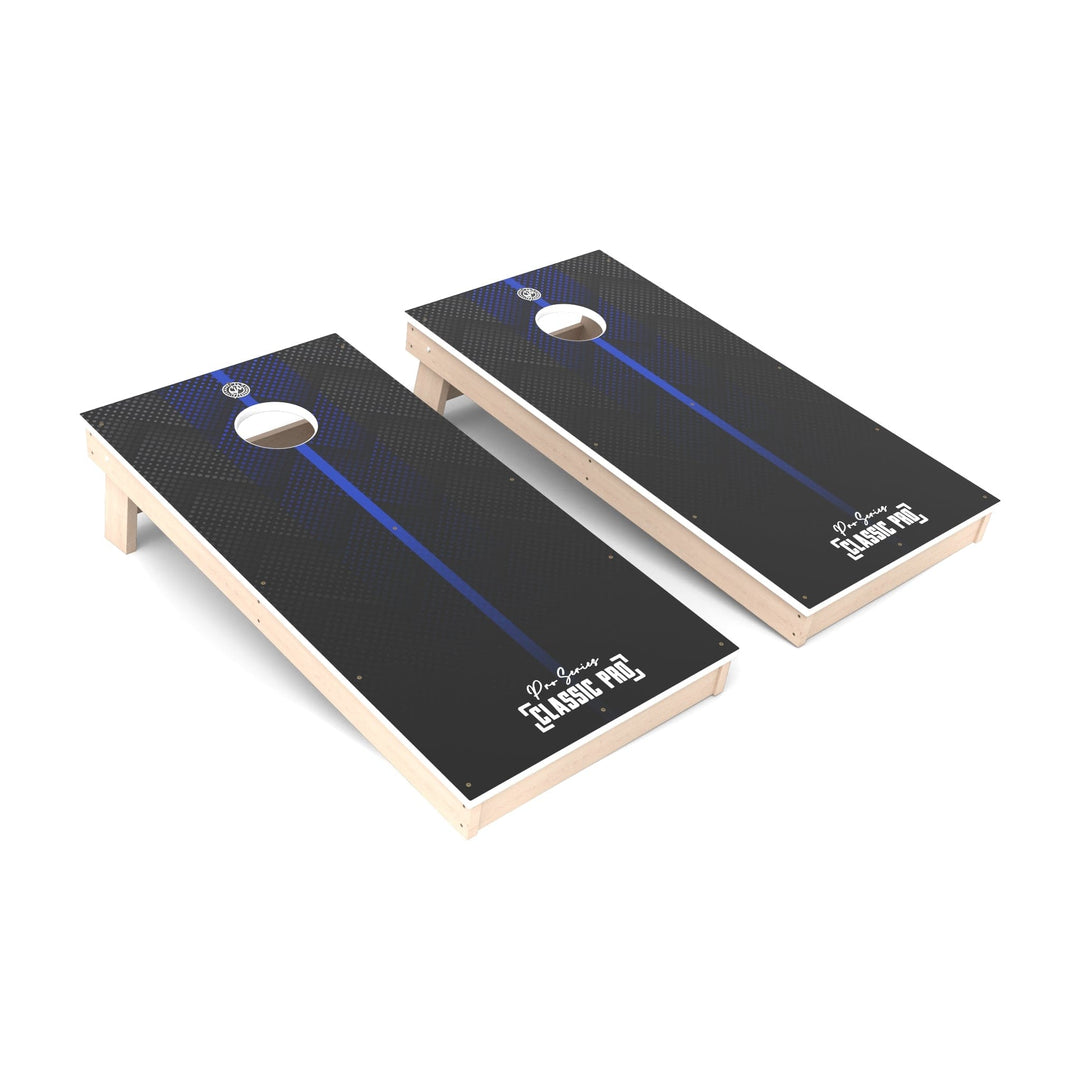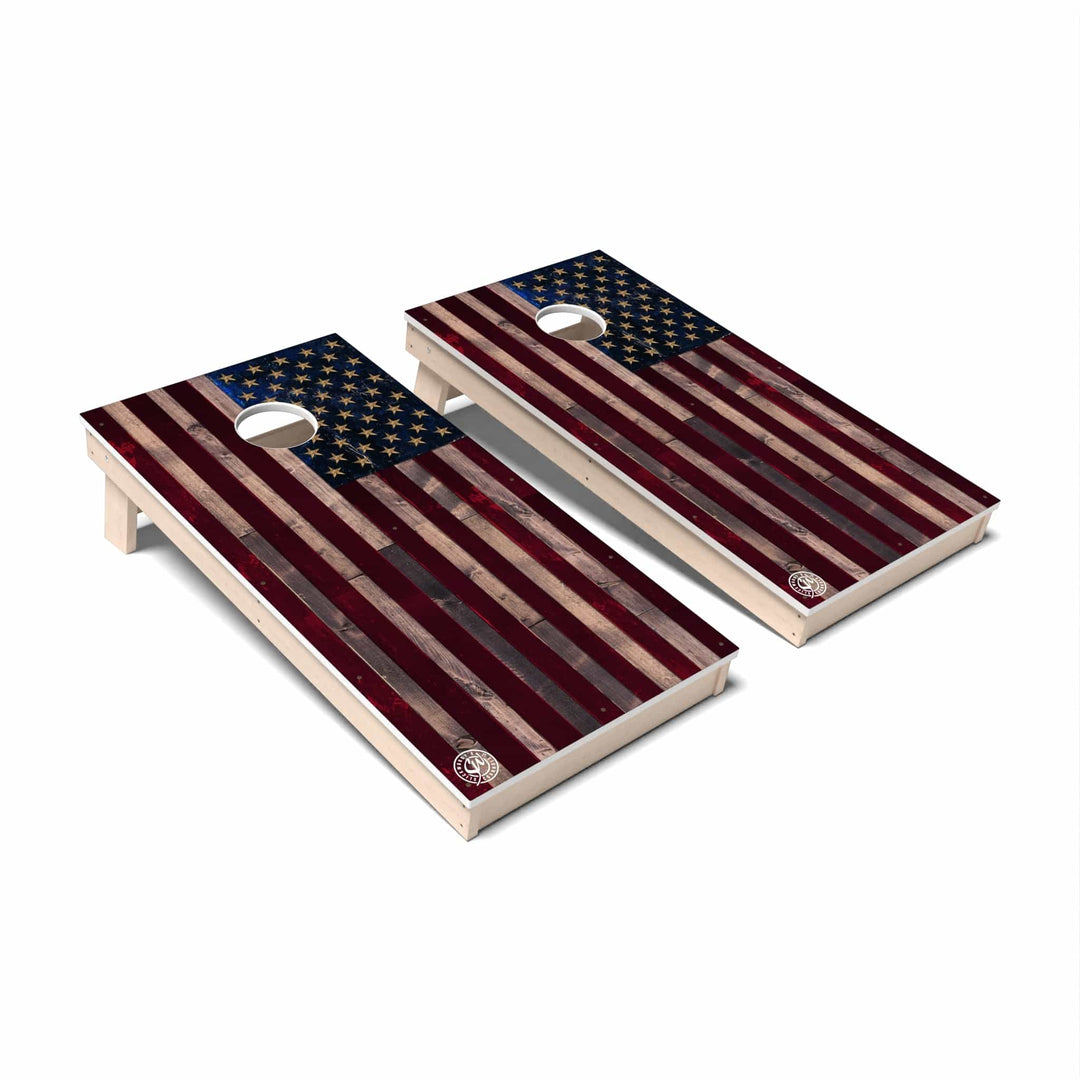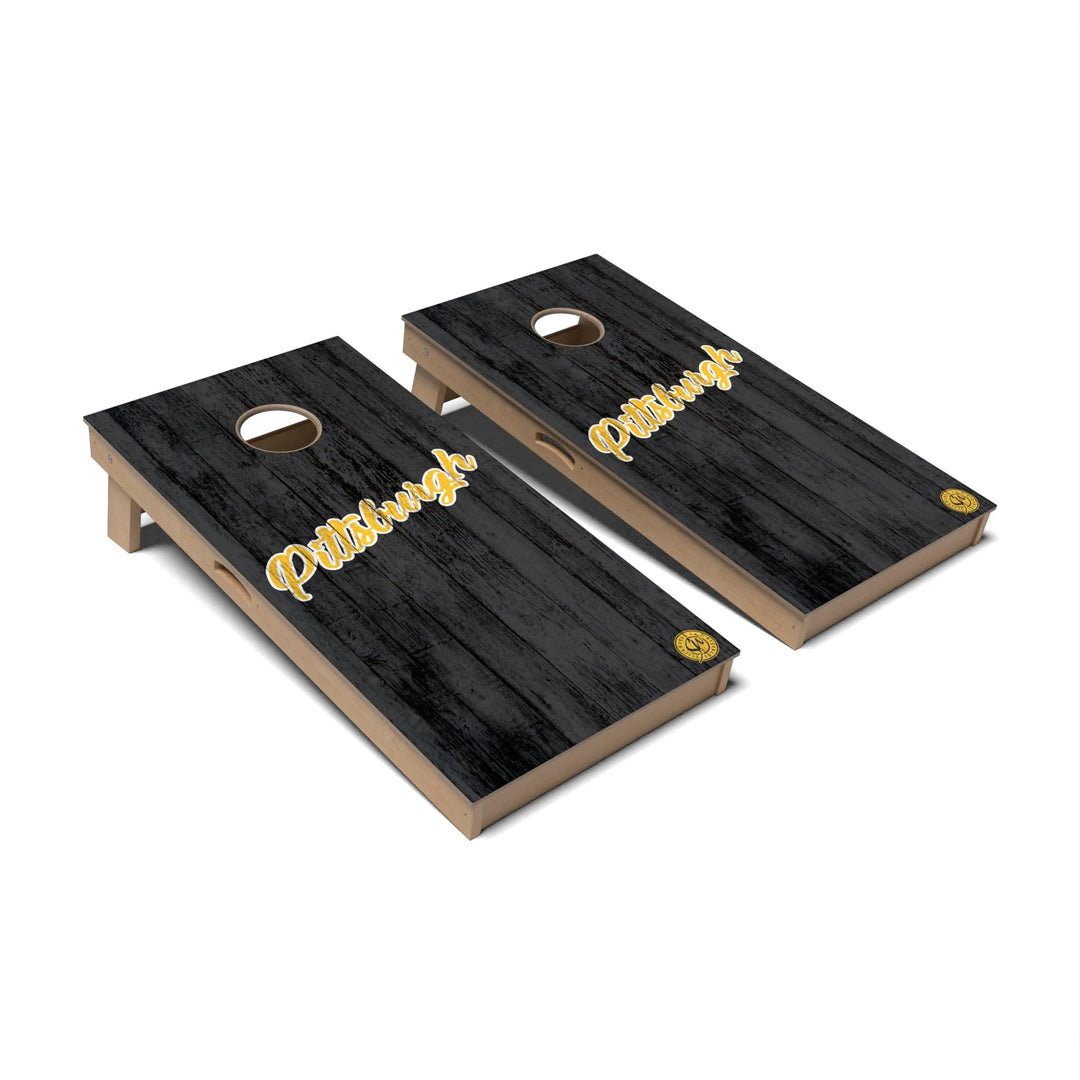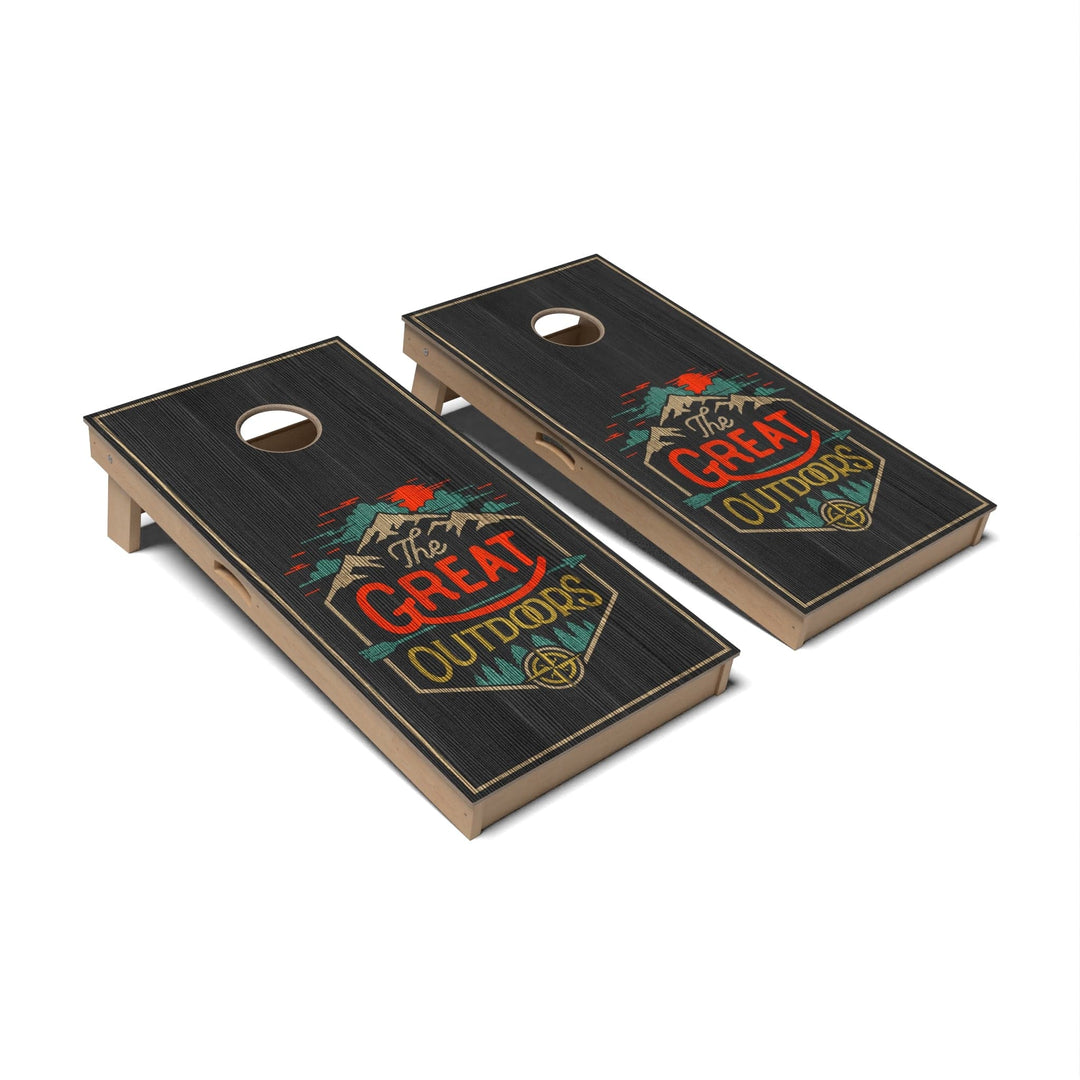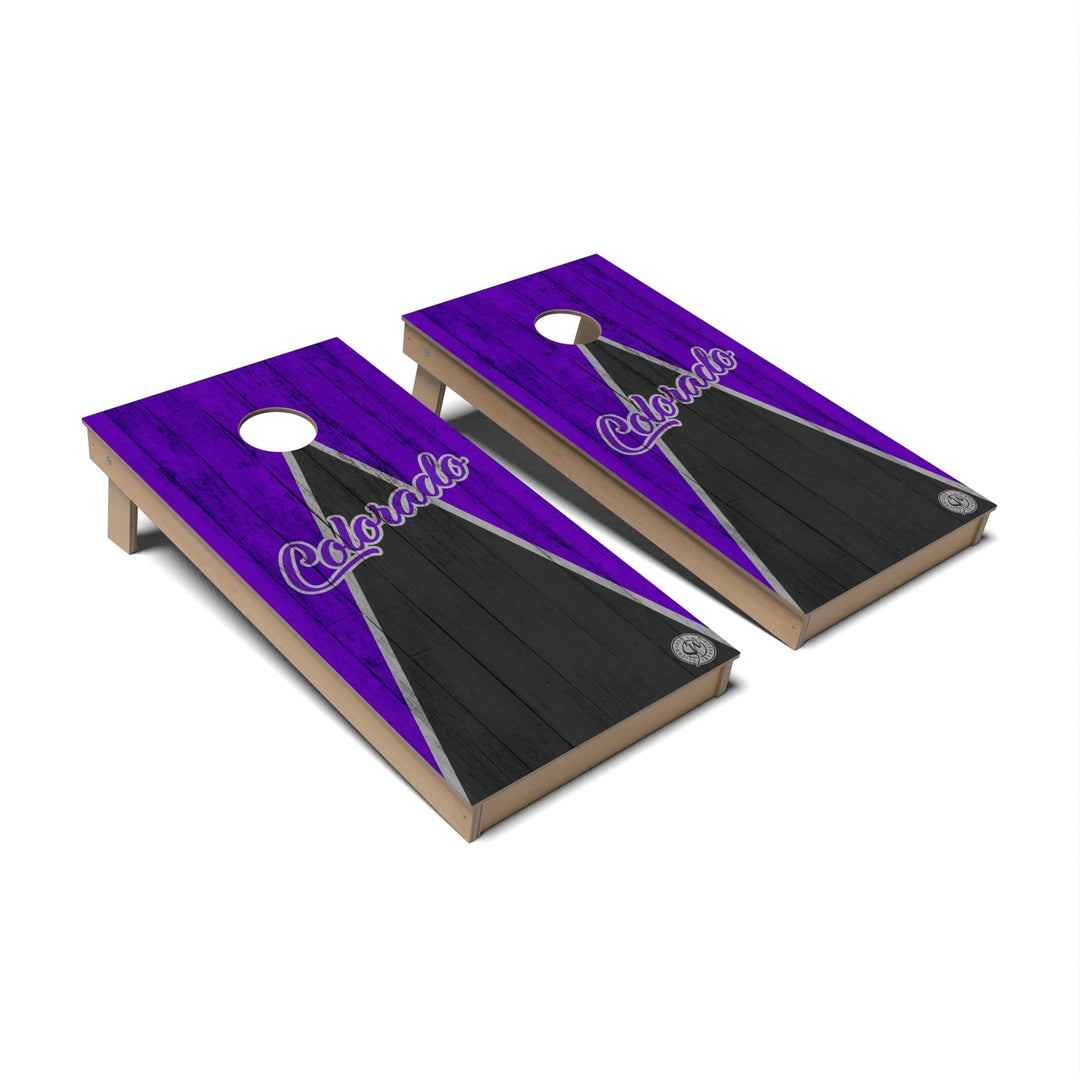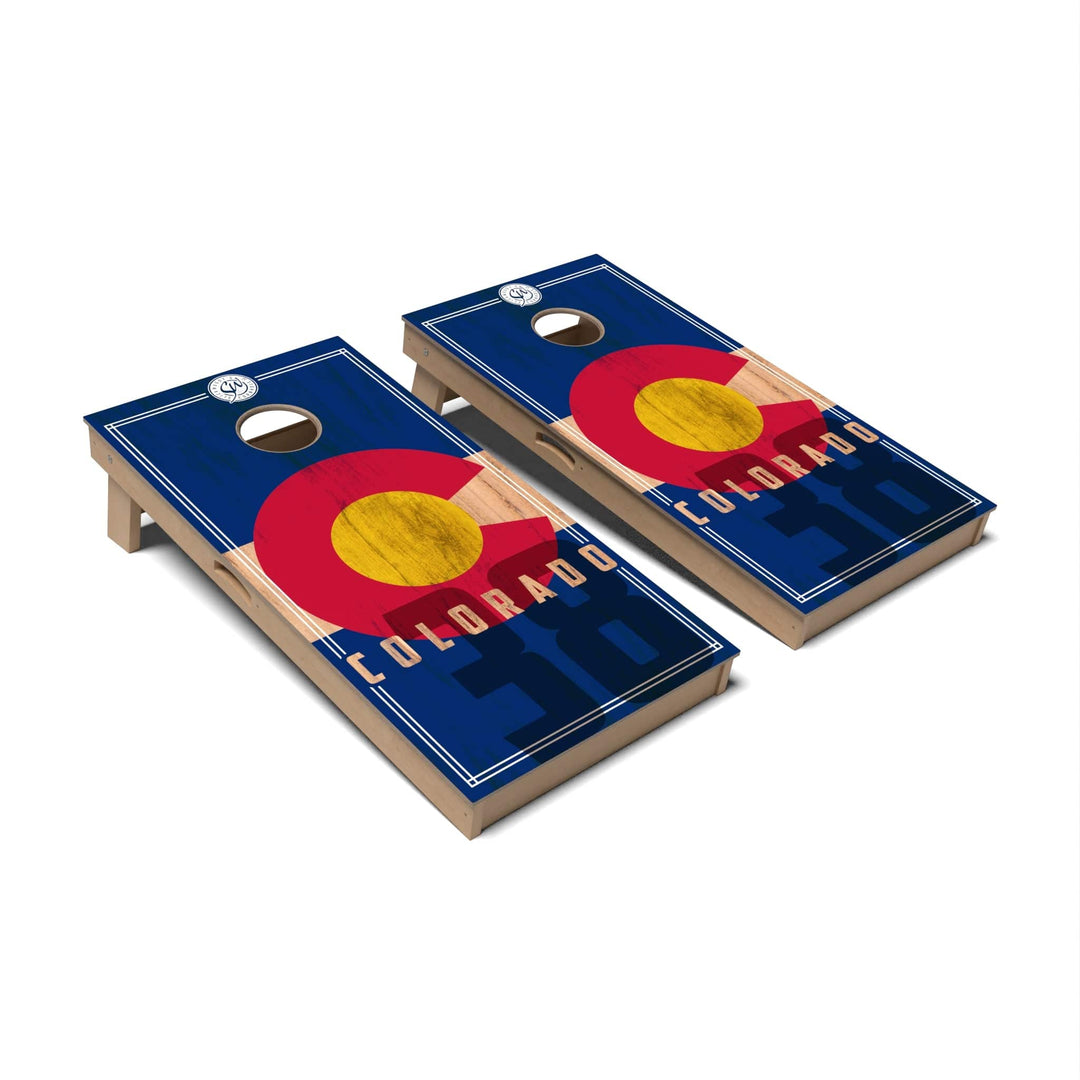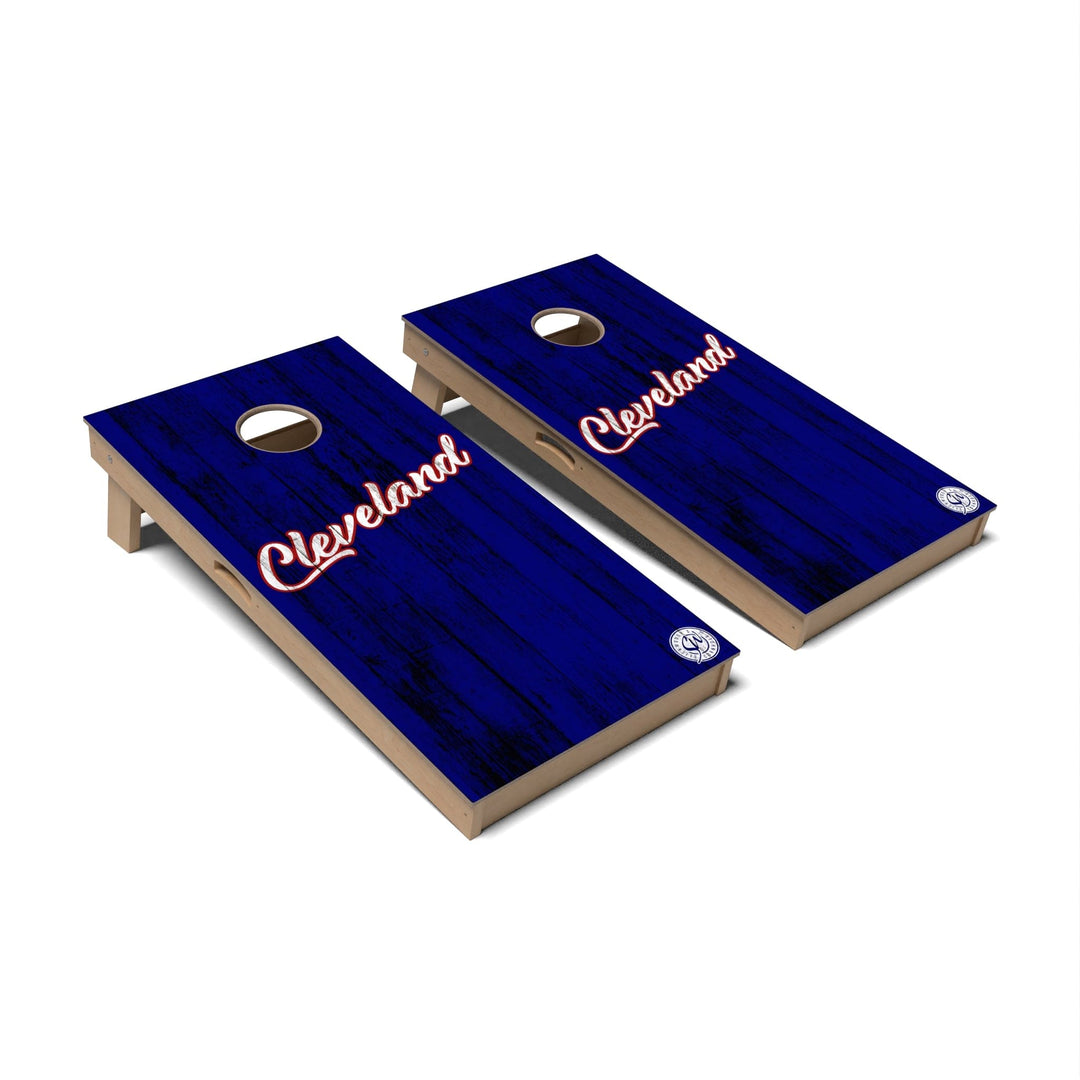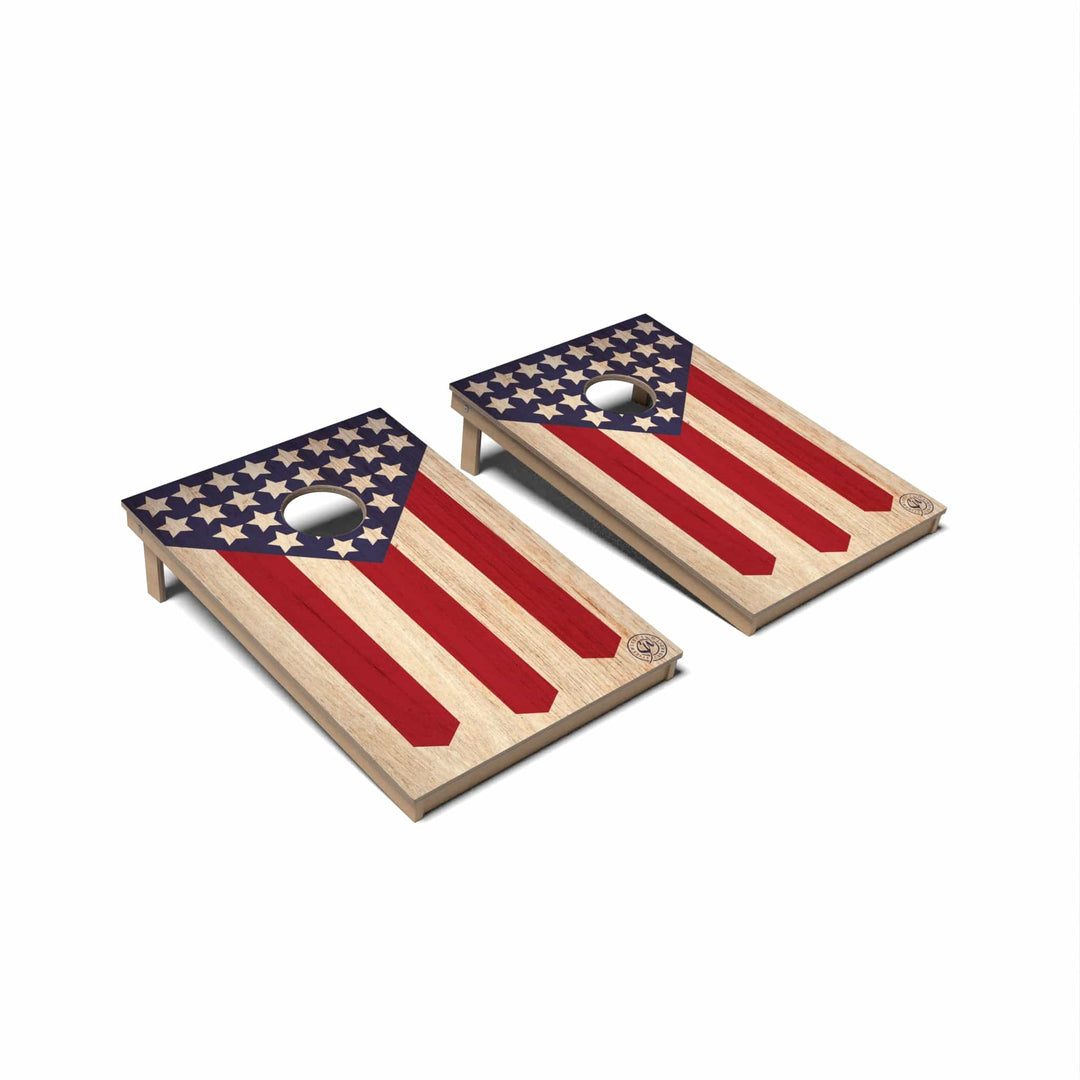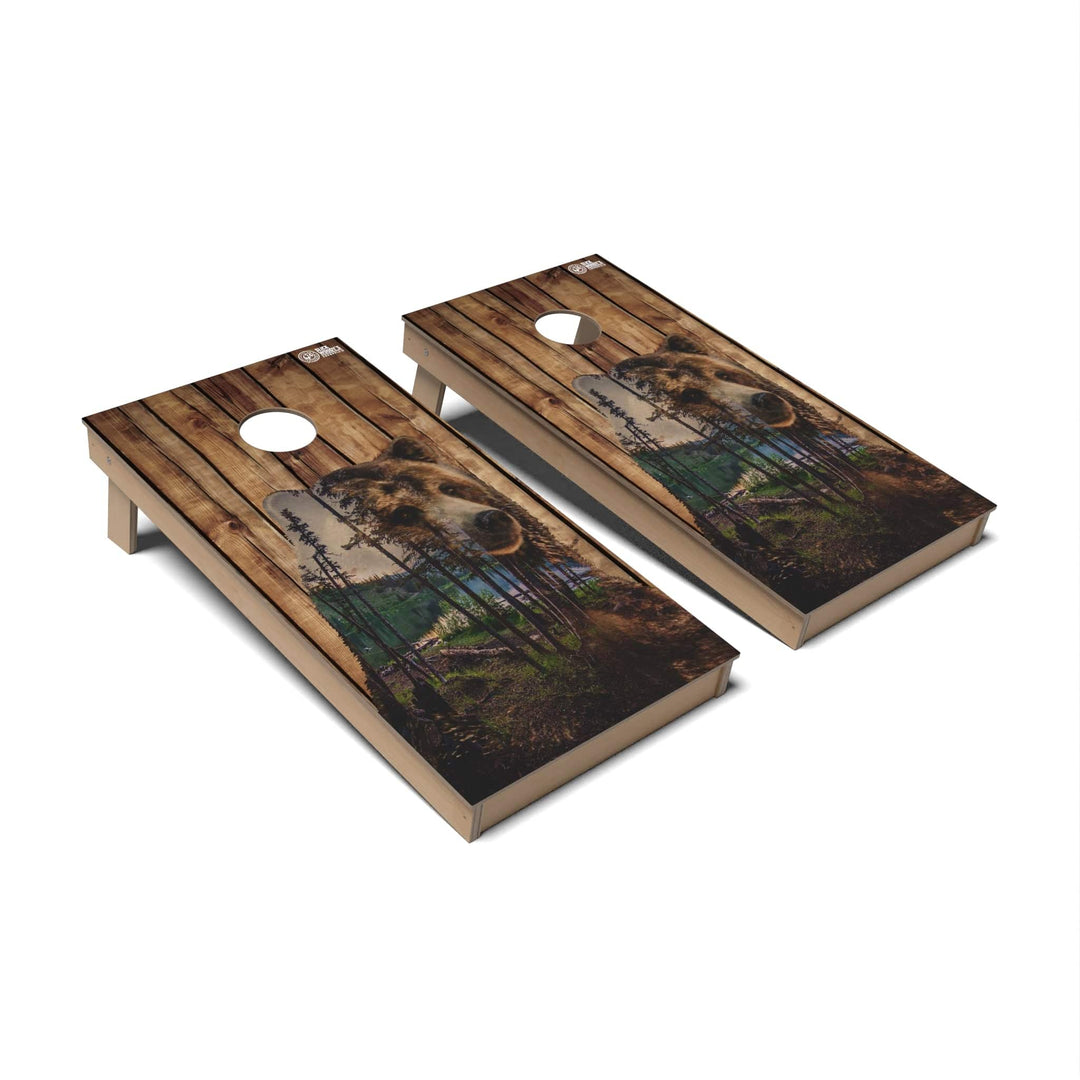Cornhole’s History: From Backyard Game to Competitive Sport
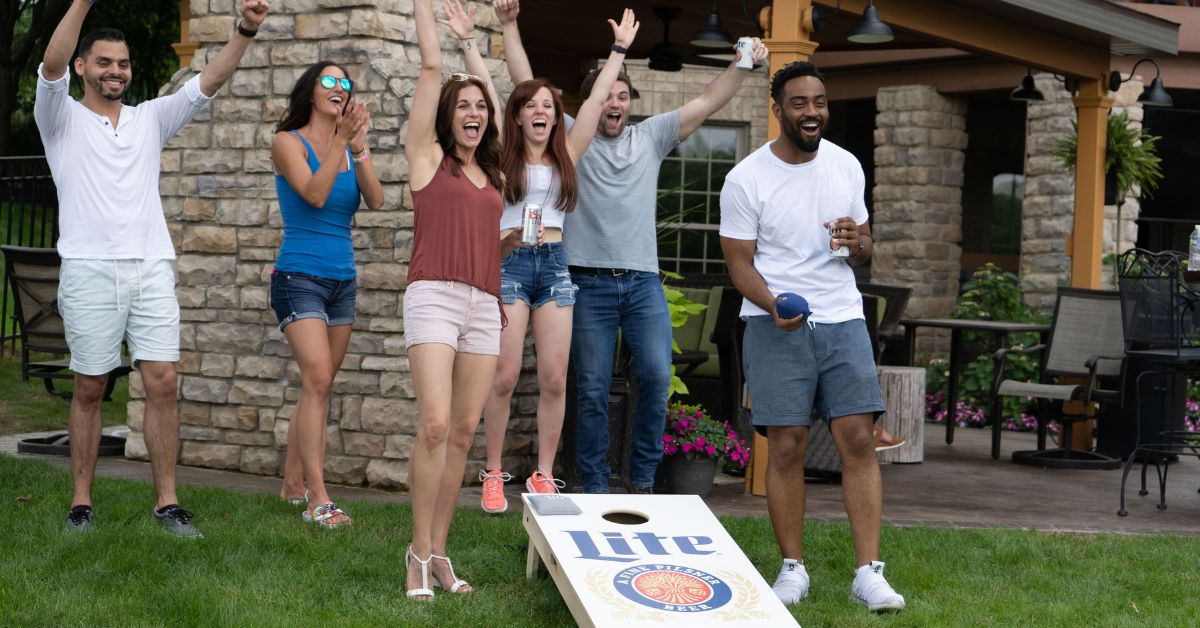
Cornhole—it’s the game to play at tailgates and BBQs. However, a portion of the public has been taking it much more seriously. In fact, the game has reached the point where sports channels are televising cornhole championships. But how did tossing bean bags at a wooden board with a hole in it become more than just a backyard pastime?
This deceptively simple game has a history as fascinating as the game itself. Settle in if you’d like to learn more about cornhole’s history because we’re here to break down how this leisure activity went from a backyard game to a competitive sport, commanding a dedicated fanbase along the way.
The Origins of Cornhole
Cornhole was just a humble game with some murky historical beginnings before the rise of official tournaments, team jerseys, and heated bag-tossing competitions. The exact origin? Well, it’s a little bit like a story one might hear at a BBQ—each teller swears they’ve got the definitive answer, but the details might change depending on the day.
Many trace the roots of cornhole back to 14th-century Germany, where shoemaker Matthias Kuepermann allegedly devised a game involving wooden platforms and bags full of dried corn kernels. Why? He wanted to keep kids entertained while ensuring their safety compared to other rougher outdoor games. History doesn’t exactly say if Matthias was awarded a trophy for his efforts, but hey, we like to think he was a visionary.
The history gets hazier moving forward. The story doesn’t pick back up again until the 19th century, this time in Cincinnati, Ohio. Cornhole lore suggests the game as we know it began to take shape in the Midwest. With corn being plentiful in the region, using corn-filled bags made perfect sense. This connection earned cornhole the nickname “bag toss,” and it became a staple in the Cincinnati backyard game lexicon. While the origins will always stir debate, one thing is clear—the combination of wood boards, simple rules, and some friendly tossing had universal appeal.

The Evolution of Cornhole
Simple things don’t stay simple forever, as one can expect. While the rules are still relatively the same as they were back then, cornhole has evolved into more than just a game to play on a casual Sunday anymore. The game has received a competitive makeover, and we’re here for it.
Heading into the 20th century, backyard cornhole started popping up more and more at picnics, tailgates, and family reunions, most prominently in the Midwest. However, it wasn’t until the early 2000s that the game really hit its stride. Enter the American Cornhole Association (ACA), established in 2003. The ACA is the group that helped standardize rules and dimensions for boards and bags, giving the game much-needed uniformity for healthy competition. Games never end well when two parties can’t agree on the rules.
Unsurprisingly, cornhole evolved into a televised competitive sport shortly after the ACA’s establishment. The creation of the American Cornhole League (ACL) in 2015 marked a significant milestone as cornhole championships began airing on ESPN. Spectators were suddenly watching players with almost surgical precision land perfect toss after perfect toss—the backyard chaos used to look like magic had become a fine-tuned craft.
Around this time, there was also a noticeable shift in equipment. Pros and amateurs alike said goodbye to makeshift planks of plywood and hello to regulation-size boards and slick, well-crafted resin-filled bags. While these items became mandatory for serious competitions, many at-home players followed suit. No more duct-taped bean bags allowed in the big leagues! The game that once meant backyard bragging rights now involves real stakes with prize pools and fanbases.
Cornhole Culture
Cornhole’s transformation didn’t just involve official leagues and rules. At its heart, cornhole is about camaraderie and community. Cornhole has fostered a culture unlike any other, from popping up at tailgates to becoming the highlight of local tournaments.
Regional differences add flavor to the game’s culture—Midwesterners have long treated cornhole as nothing short of sacred, while Southern gatherings made it a tailgate must-have. The games often evolve into full-on festivals featuring music, BBQ, and drinks (because nothing pairs better with tossing a bag than some smoked meat and cold beers).
And we haven’t even mentioned local events yet. Cornhole competitions range from neighborhood fundraisers to colossal tournaments with thousands of dollars in prize money. Some of these gatherings are outright spectacles, with flashy team uniforms, themed board designs, and sponsorships if the event is big enough. Yes, players can now receive sponsorships—imagine telling your younger self that you now get paid to fling a bean bag at an old piece of wood.
Beyond the games, cornhole enthusiasts have created an ecosystem of products and hobbies. Custom, regulation-size cornhole boards? Check. Specialty bag fabrics and weights? Also, check. There’s even a market for cornhole apparel (think “Bag Life” t-shirts and hats). The community doesn’t just play the game—they live it.

The Future of Cornhole
Of course, how this leisure activity went from a backyard game to a competitive sport is only part of cornhole’s history. The rest of it is yet to come, which has left many people wondering, “Where is cornhole headed next?”. Judging by its trajectory, the sky’s the limit. Most notably, there’s growing interest in expanding the professional circuit. The ACL has made strides to incorporate larger prize pools and attract talent worldwide. While the game has traditionally been a North American phenomenon, it’s quickly gaining popularity globally. The day could come when we see it as an Olympic sport if this expansion continues. Who knows what’s in store?
Outside of that, technology could also have its moment in cornhole. While the components are quite simple right now, the concept of using smart boards fitted with sensors to track and score games automatically has crossed people’s minds. Also, competitors can use AI-driven statistics to analyze which throws are most effective. Both could change the game in a big way, especially for competitive matches.
Another trend to watch is the development of youth leagues. Organizers can ensure the game’s legacy will carry on by introducing cornhole as a more serious sport to younger generations. Imagine donning your university’s colors for bean bag glory as part of a collegiate cornhole team.
Lastly, the inclusivity of the sport could spur its growth even further. Cornhole is one of the few sporting activities that are universally accessible, requiring minimal physical demand and allowing people of all ages and skill levels to play. This sport provides a unique opportunity to spread the joy of cornhole to even greater audiences. No matter who you are, cornhole reminds us of one universal truth—it’s the simple games that are the best at bringing us together.





